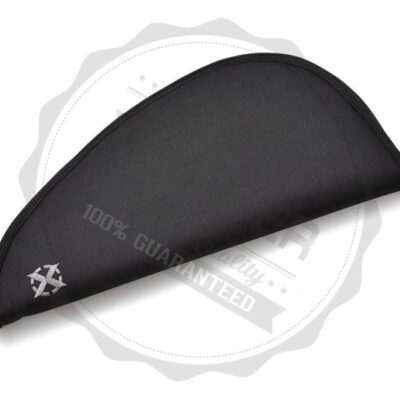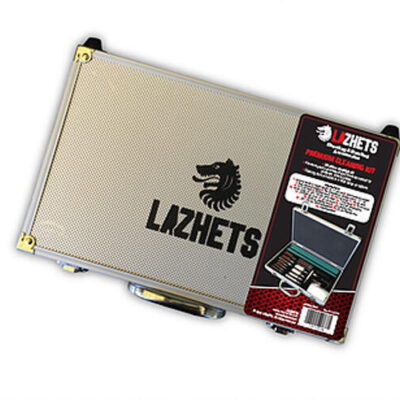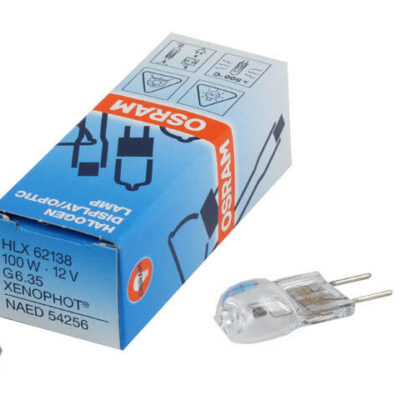Camp Hike Climb
THE GREAT OUTDOORS STARTS HERE
Camp. Hike. Climb. Whether you’re gearing up for a rugged mountain trek, a serene camping trip, or an exhilarating rock climbing adventure, we have everything you need to make your outdoor experiences unforgettable. Join us in exploring the great Australian outdoors with confidence and style. The Great Outdoors begins here!
By Category
-
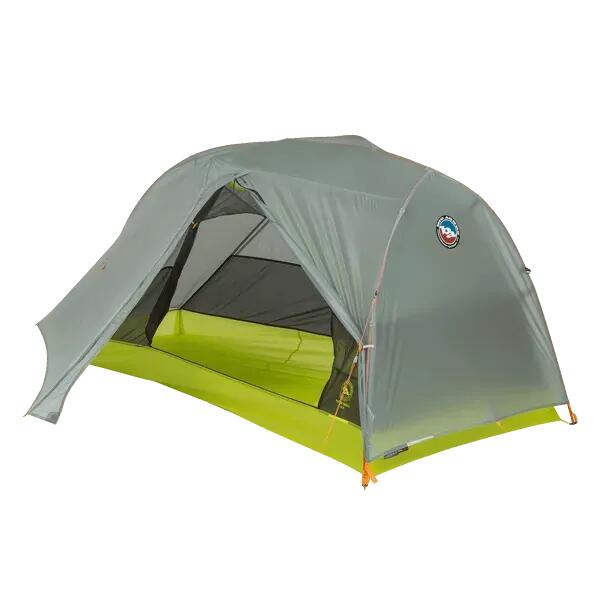
1 Person Tents (5)
-

2 Person Tents (8)
-
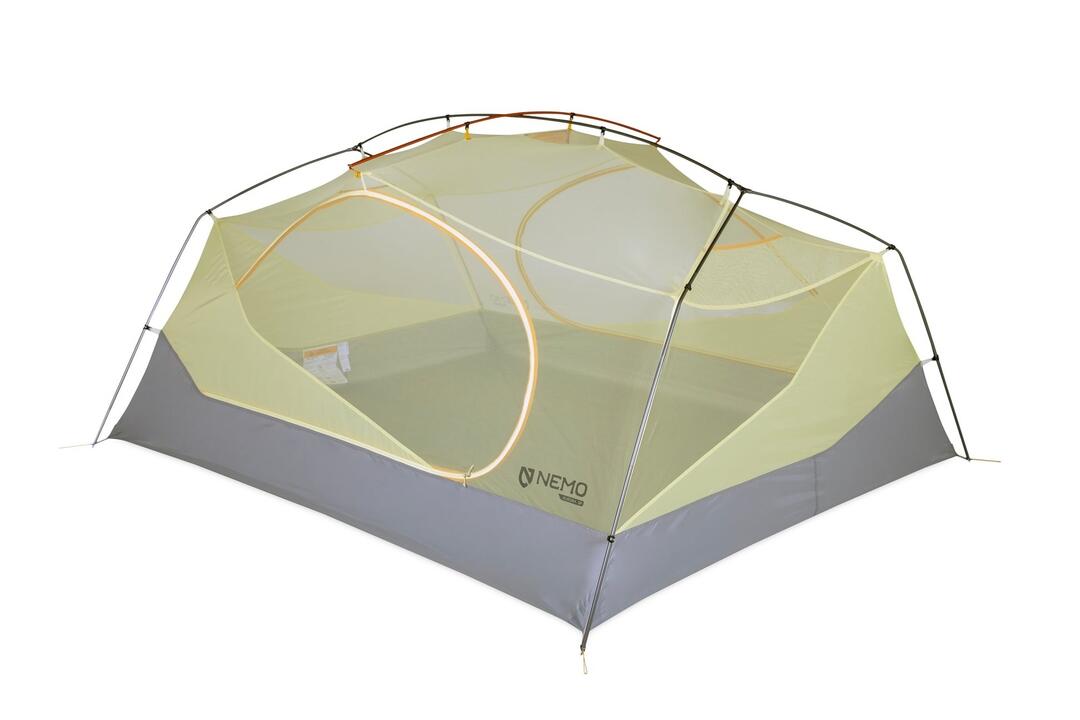
3 Person Tents (3)
-
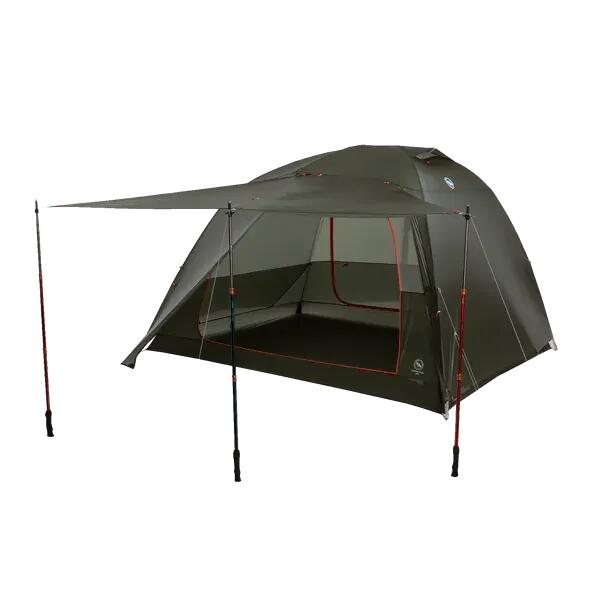
4-5 Person Tents (3)
-

4WD Accessories (10)
-
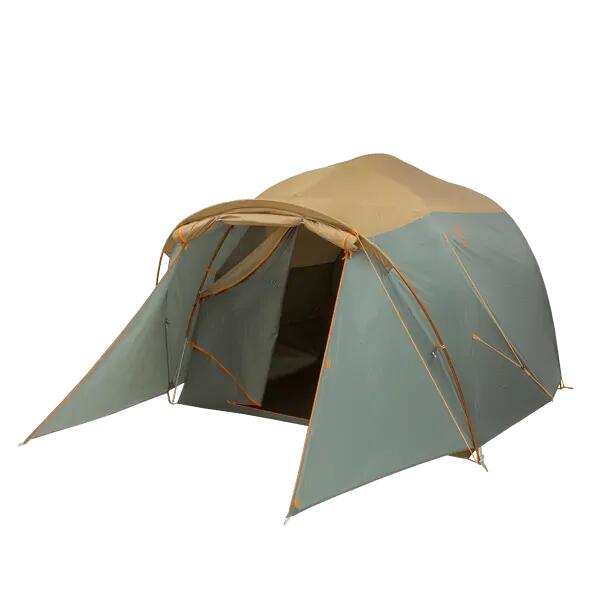
6-10 Person Tents (1)
-

Adaptors & Chargers (1)
-

Alpine Accessories (15)
-
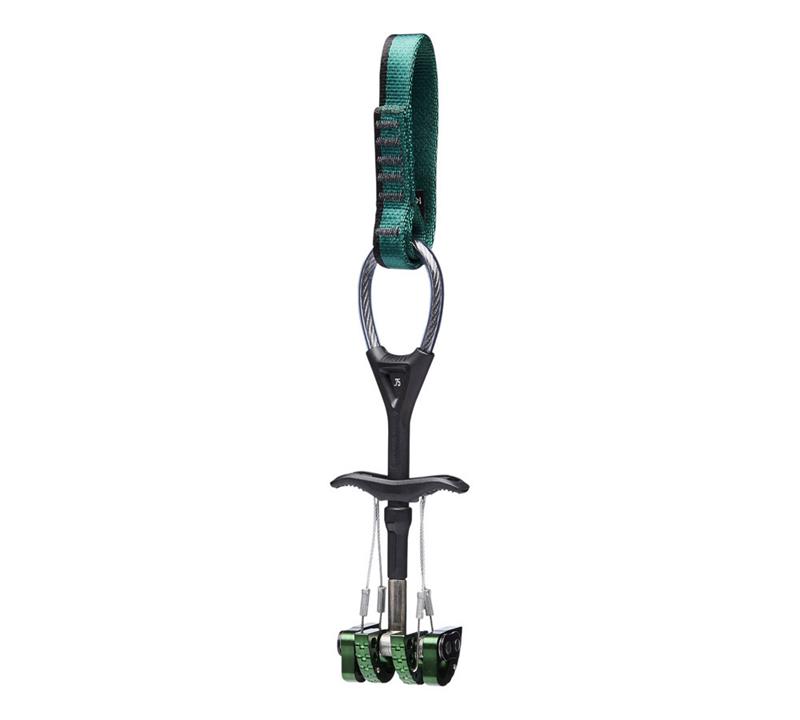
Anchors & Cams (13)
-
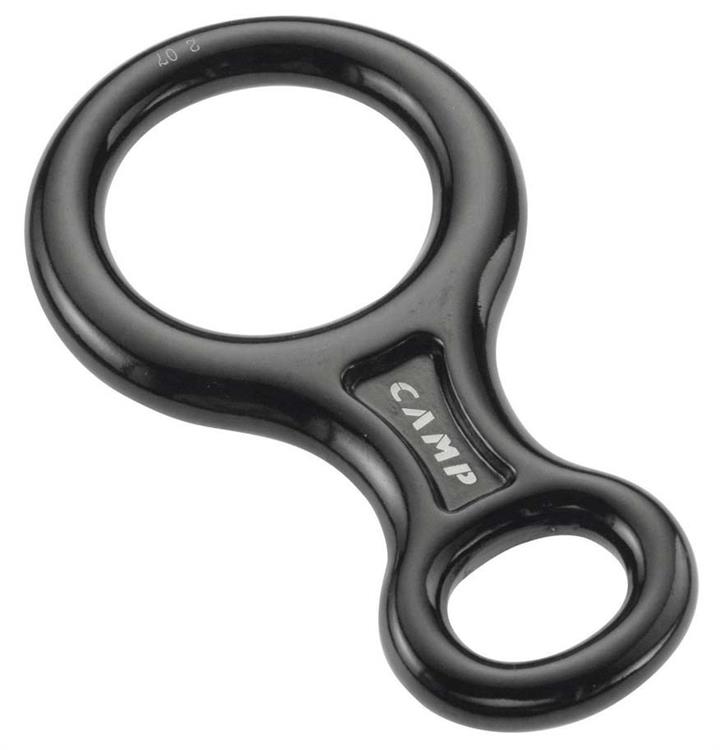
Ascenders & Descenders (12)
-
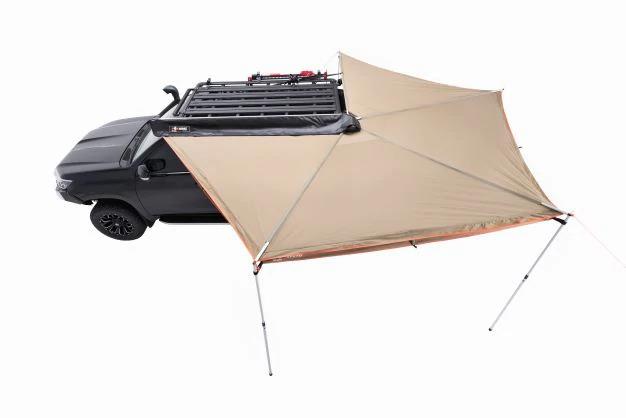
Awnings (7)
-
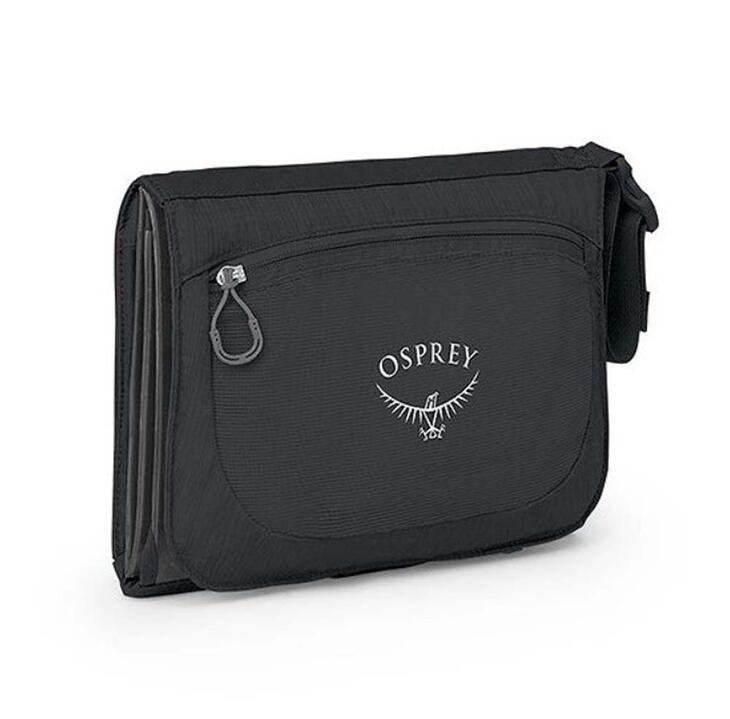
Bag Accessories (2)
-

Bags & Backpacks (314)
-

Balaclava (2)
-

Balaclavas & Neckwear (1)
-

Bathroom Accessories (1)
-

Beanies (20)
-
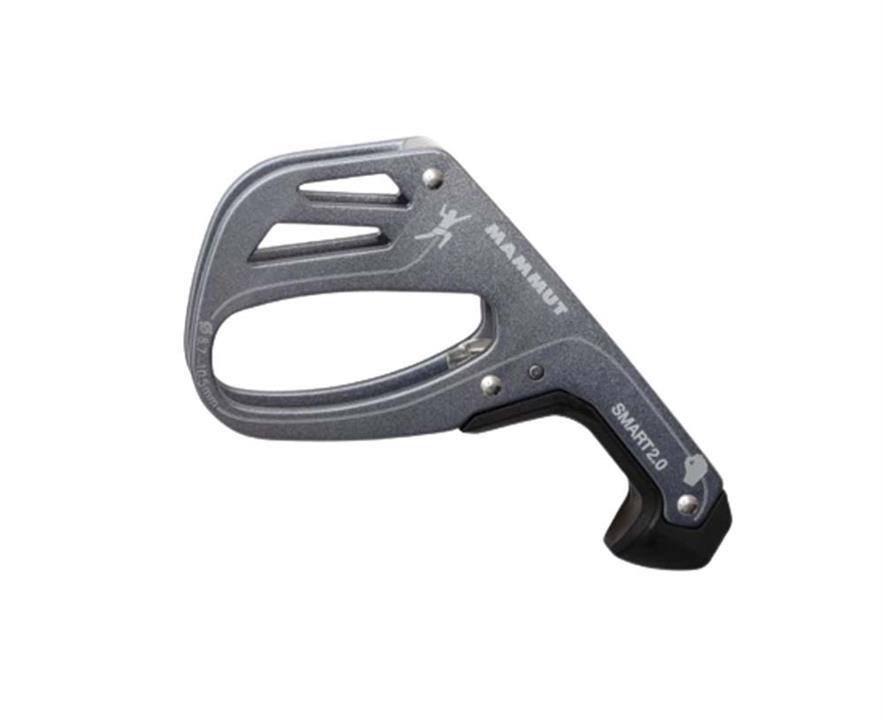
Belay Devices (19)
-

Belts (52)
-

Bike Accessories (38)
-

Bike Bags (39)
-
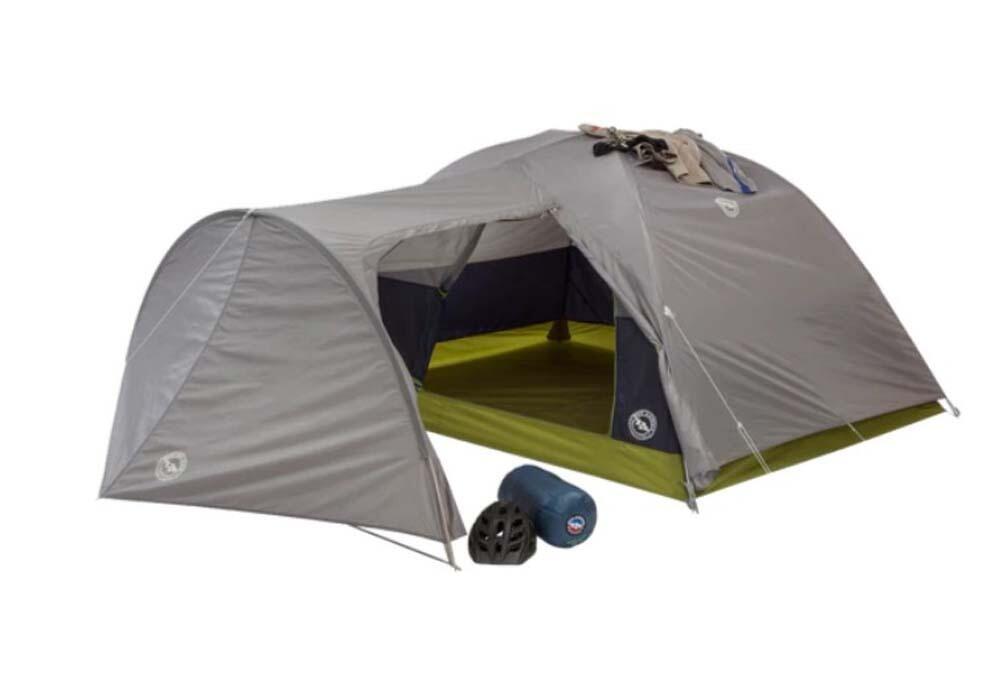
Bike Packing Tents (1)
-
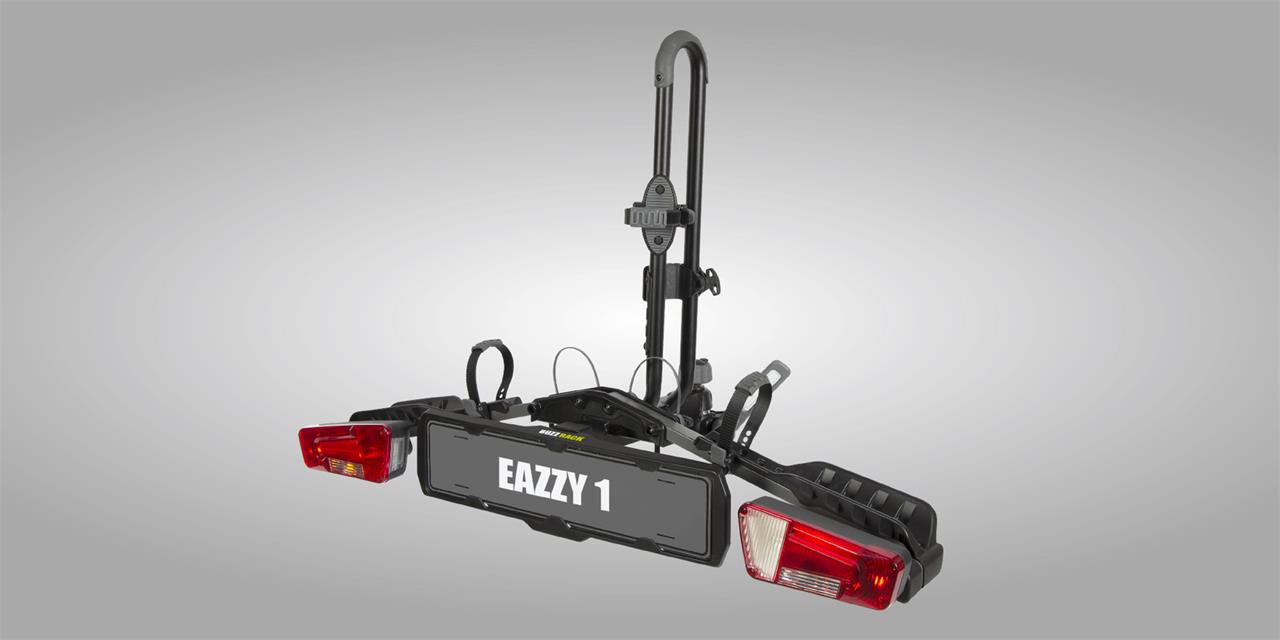
Bike Racks (3)
-

Binoculars (11)
-
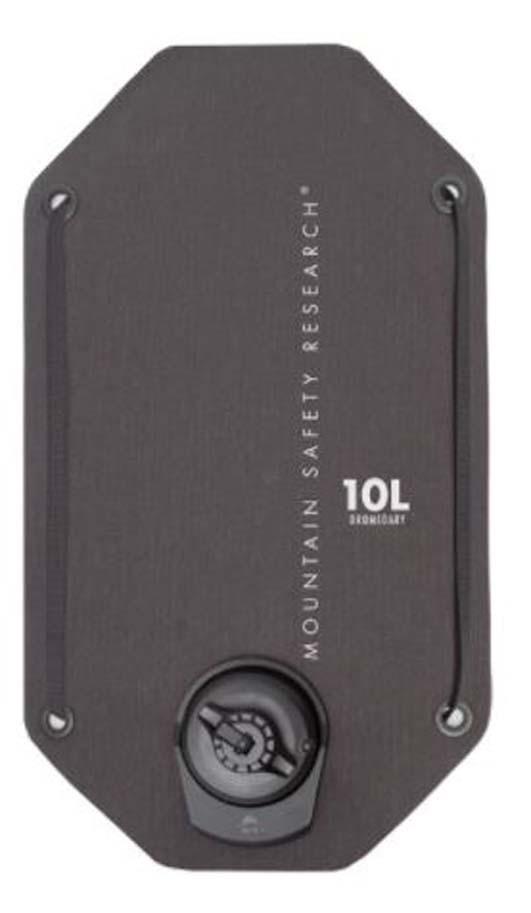
Bladders (43)
-
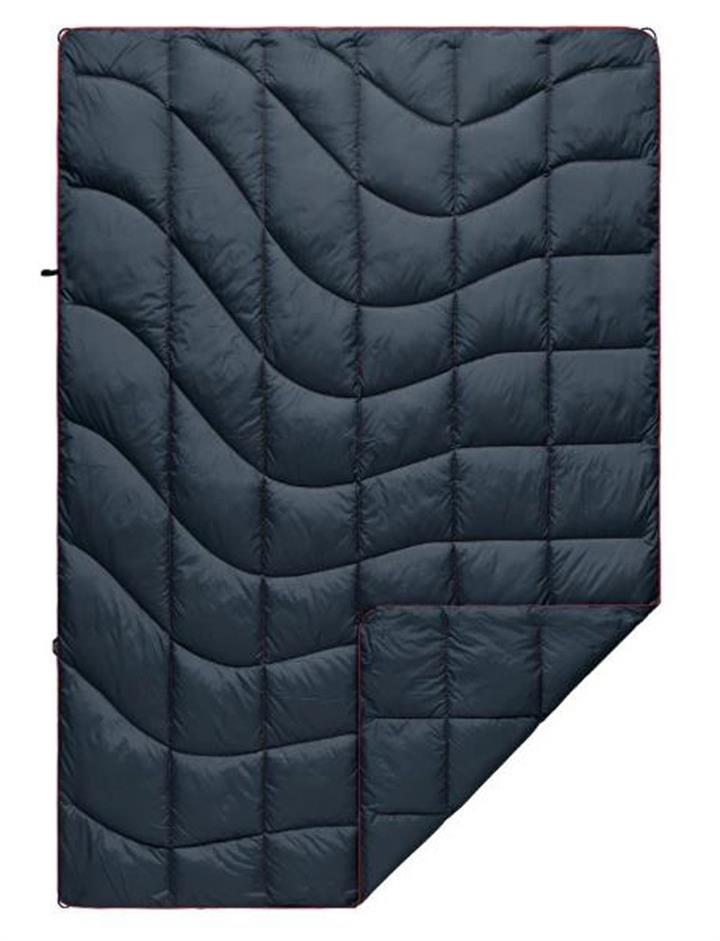
Blankets (20)
-

Boats (4)
-

Books (8)
-
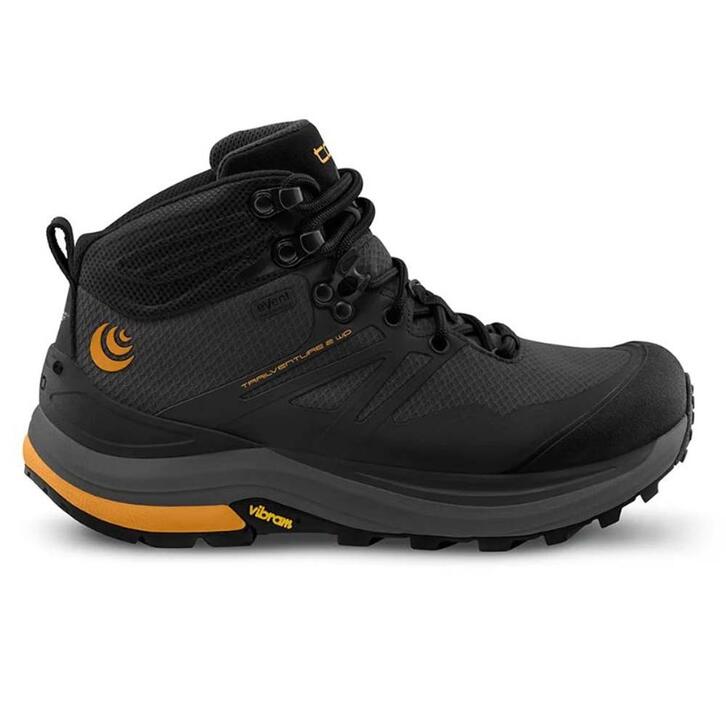
Boots (41)
-
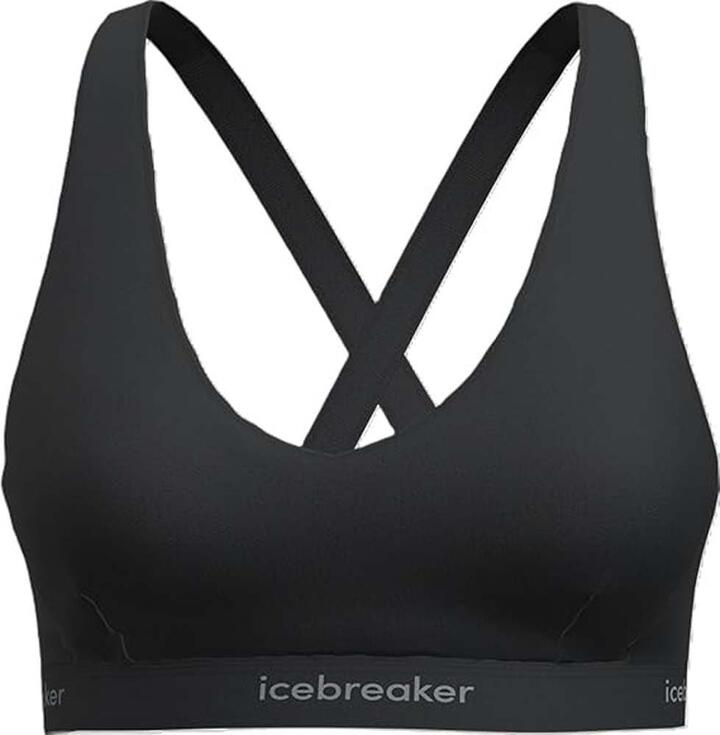
Bras (1)
-

Brim Hats (1)
-

Camera Accessories (18)
-

Camera Bags (4)
-

Cameras (7)
-

Candles (1)
-

Caps (10)
-

Carabiners (84)
-
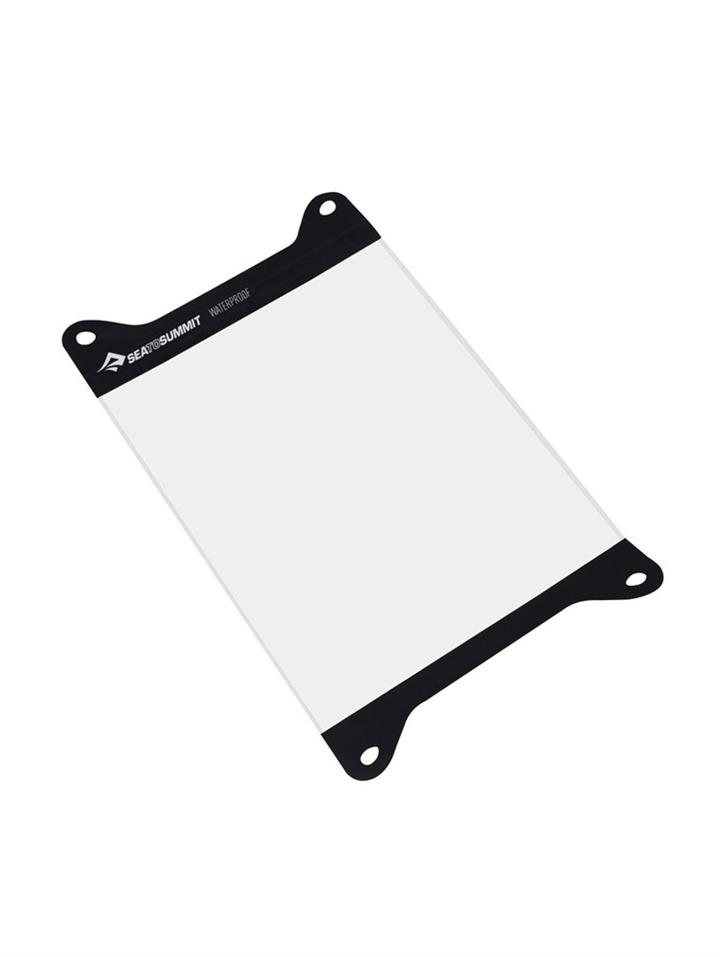
Cases (5)
-

Casual Shoes (1)
-

Chairs (47)
-
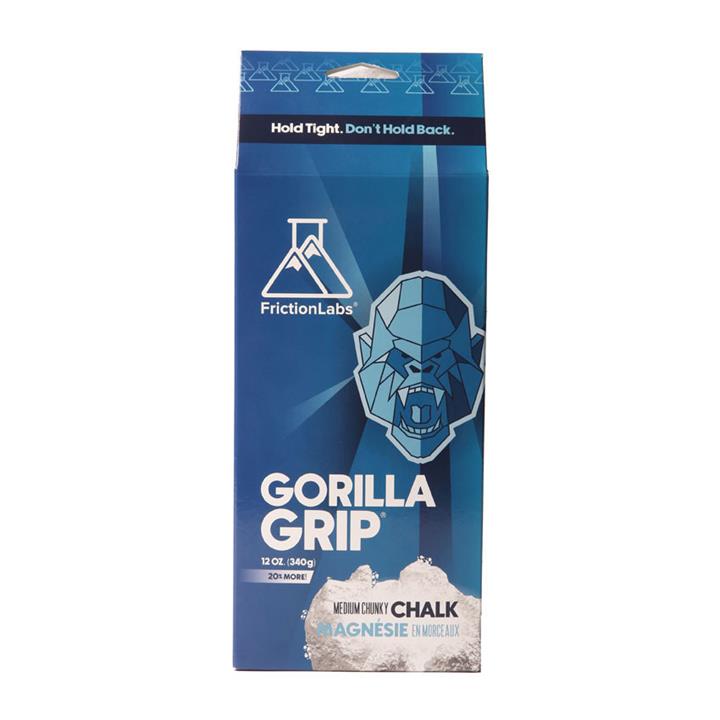
Chalk (22)
-

Chalk Bags (29)
-

Child Carriers (1)
-
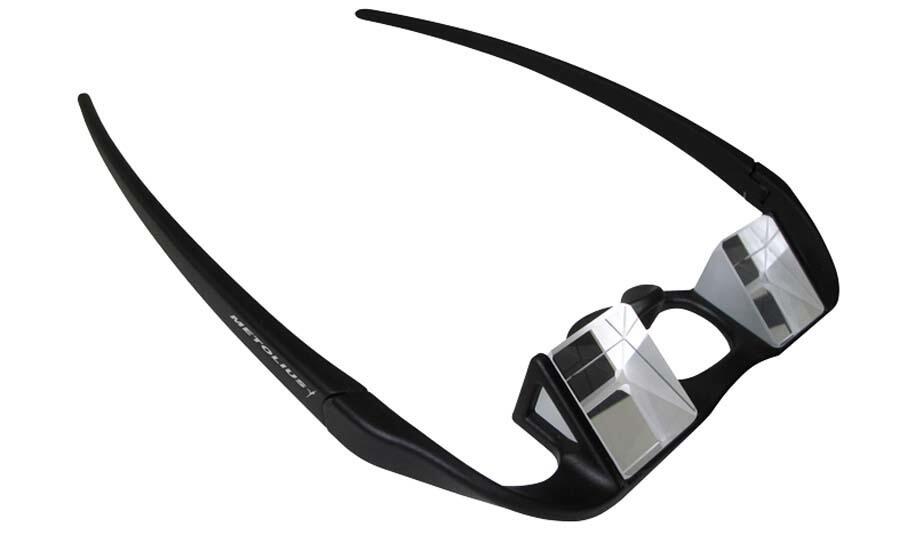
Climbing Accessories (42)
-

Climbing Backpacks (1)
-

Climbing Harness (43)
-

Climbing Holds (5)
-

Climbing Ropes (37)
-
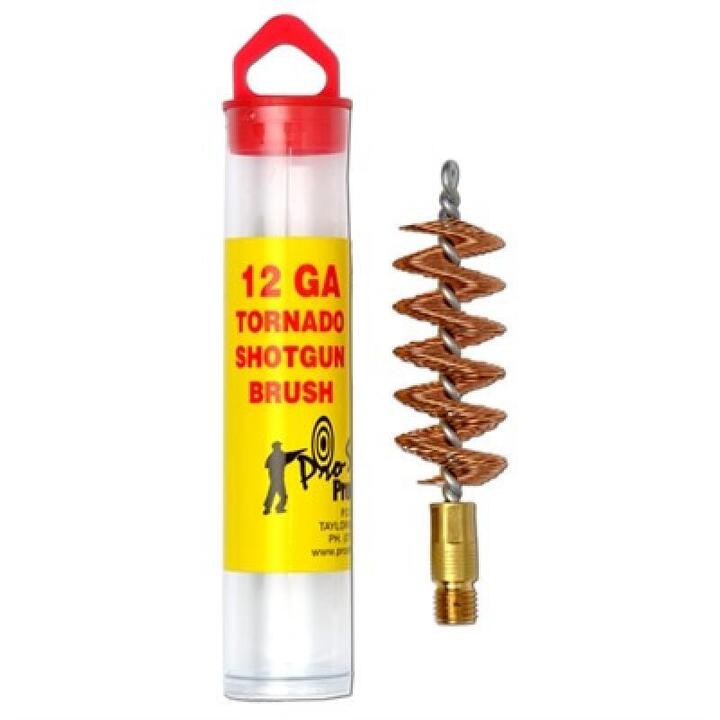
Climbing Slings (15)
-

Clothing Accessories (1)
-

Compass (13)
-

Compression (11)
-

Containers (1)
-

Cooking Accessories (1)
-

Cookware (81)
-

Cool Boxes & Bags (10)
-

Crampons (3)
-

Crash Pads (10)
-
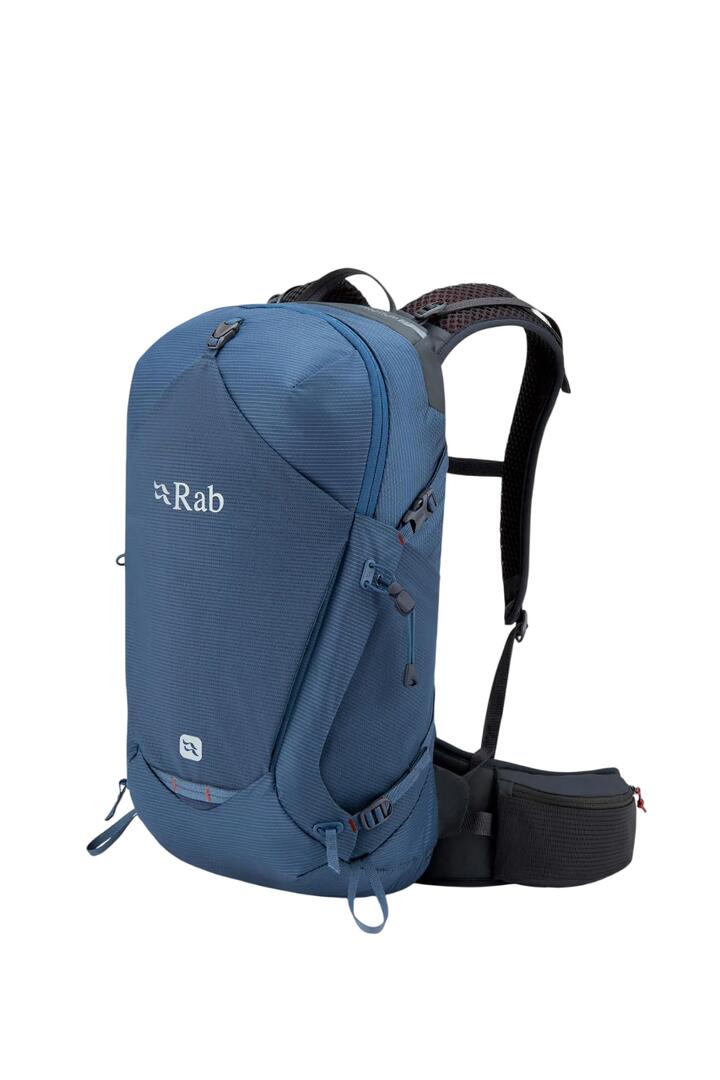
Daypacks (6)
-

Dinnerware (25)
-
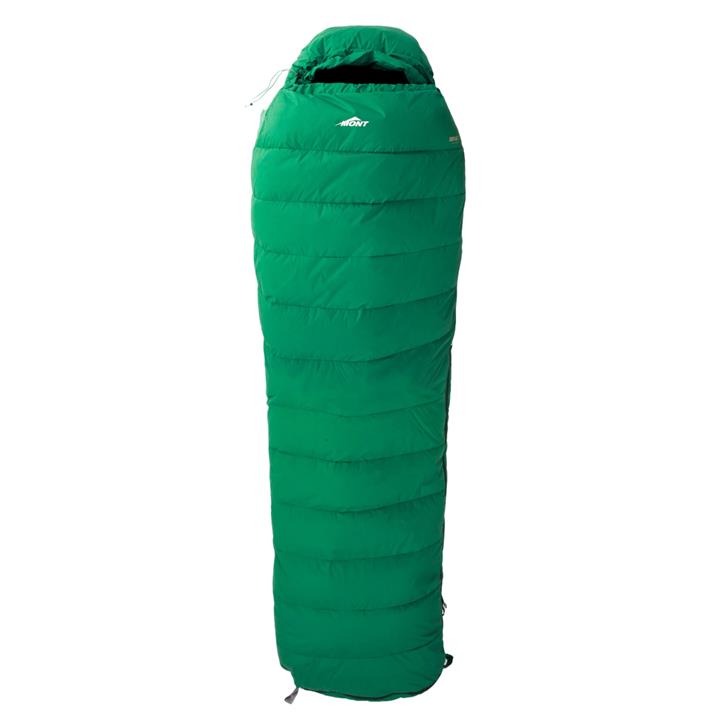
Down Sleeping Bags (58)
-

Dry Bags & Stuff Sacks (5)
-

Duffel Bags (7)
-
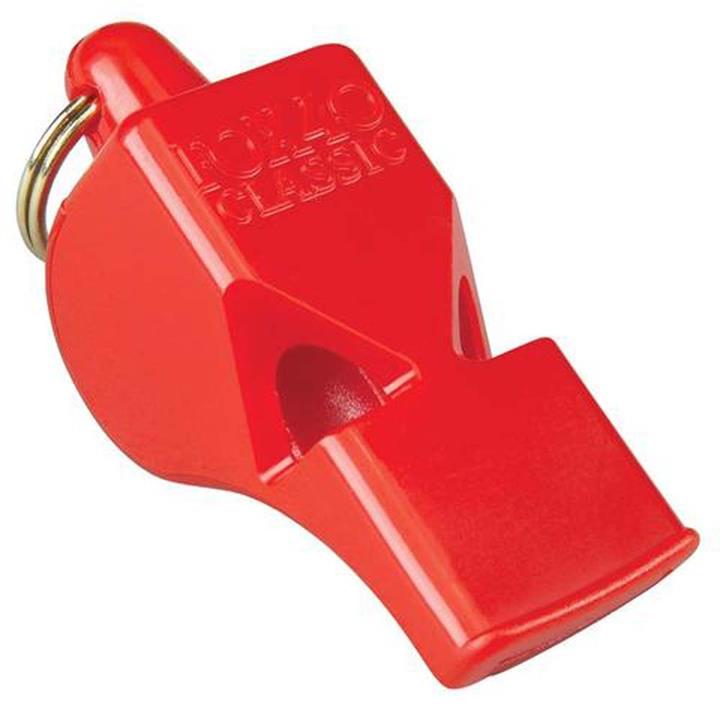
Emergency & Survival (39)
-

Flasks & Bottles (1)
-

Flasks & Water Bottles (5)
-

Food (6)
-

Footprints (18)
-
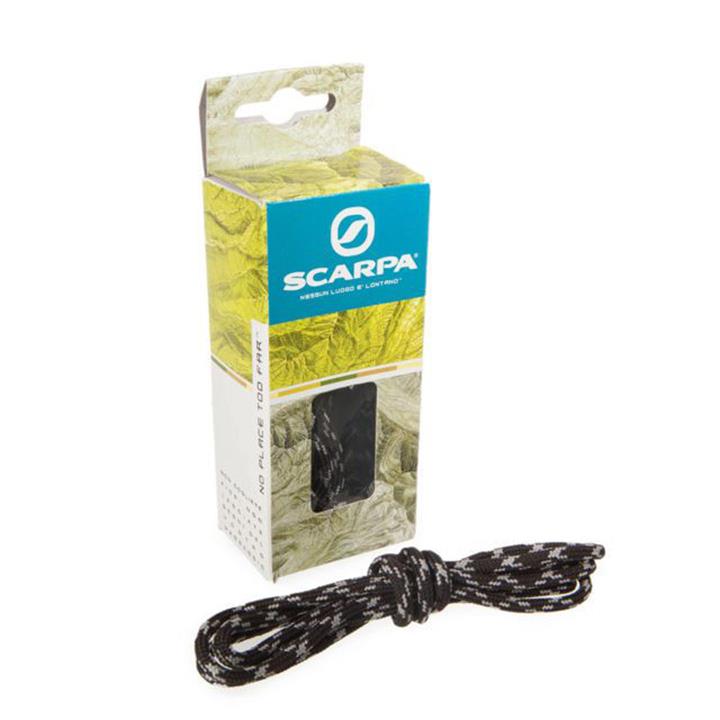
Footwear Accessories (29)
-
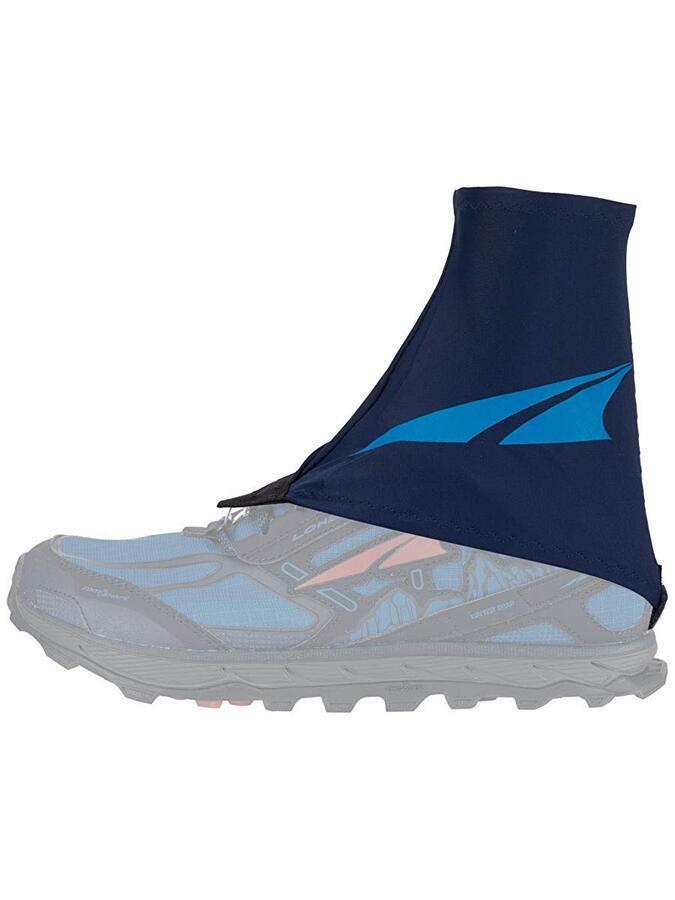
Gaiters (15)
-

Games (1)
-

Gear Ties (12)
-

Gloves (74)
-

GPS Devices (13)
-

Hammocks (47)
-

Hangboards (8)
-
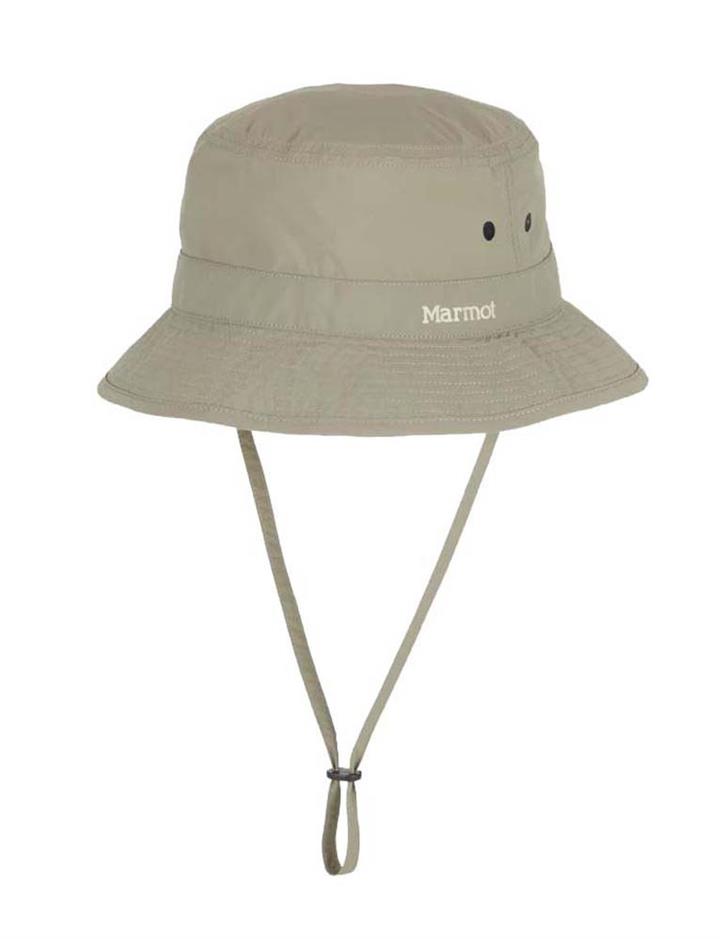
Hats (35)
-

Head Lamps (61)
-

Headphones & Speakers (5)
-

Heart Rate Monitors (8)
-
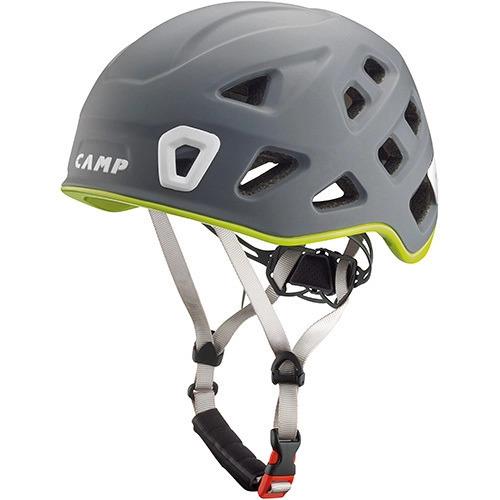
Helmets (13)
-

Hiking Boots (13)
-
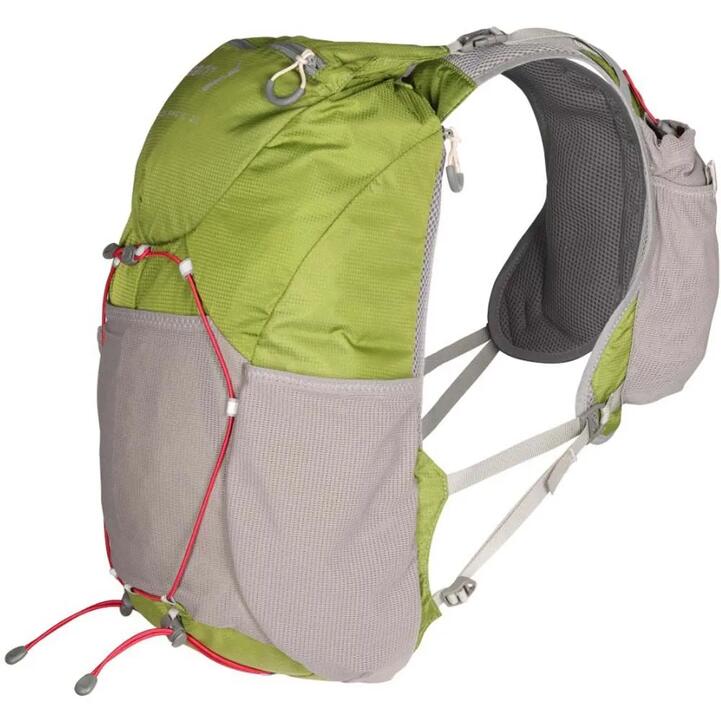
Hiking Packs (39)
-
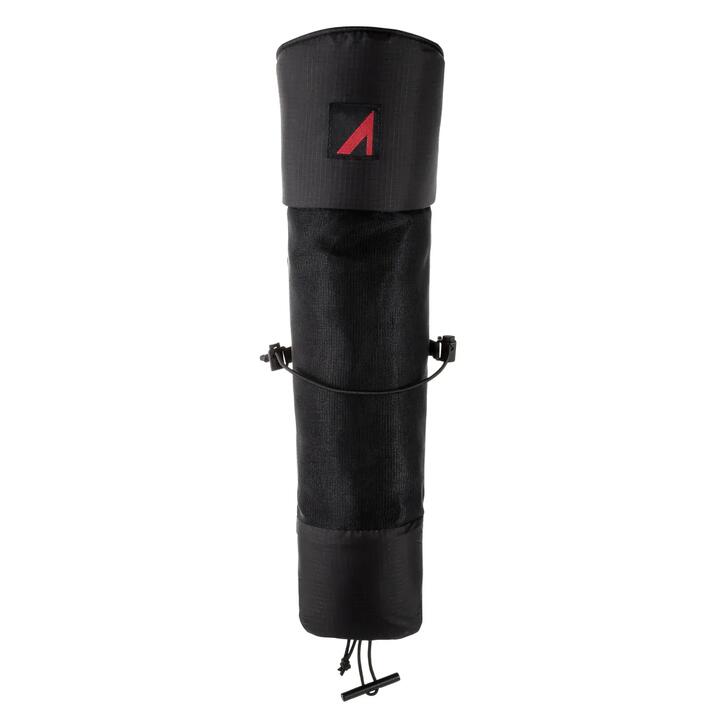
Hiking Pole Accessories (1)
-
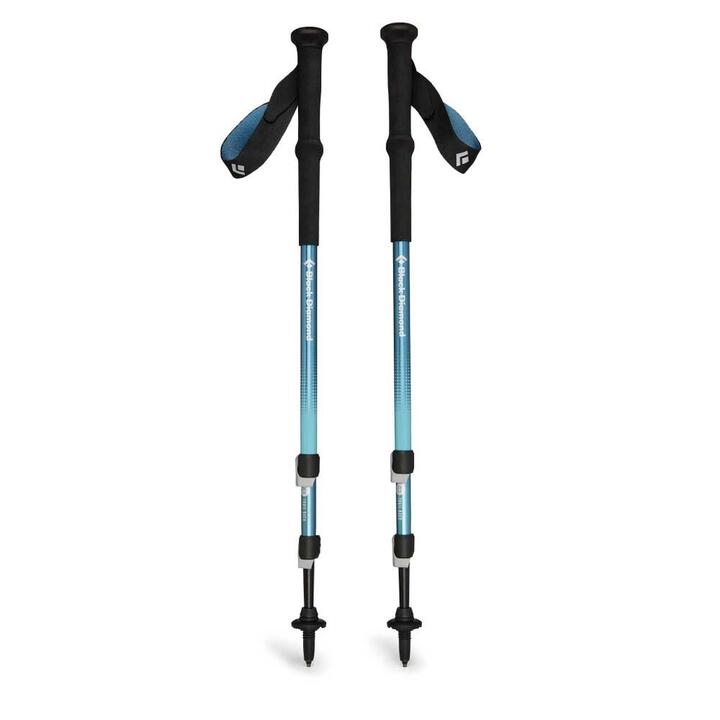
Hiking Poles (73)
-

Hiking Shoes (2)
-

Hoodies & Sweatshirts (20)
-
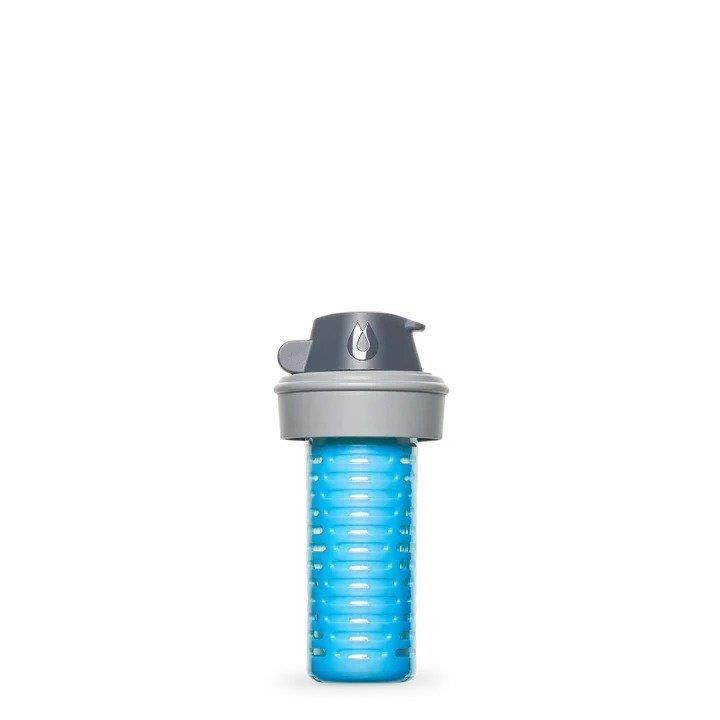
Hydration Accessories (22)
-
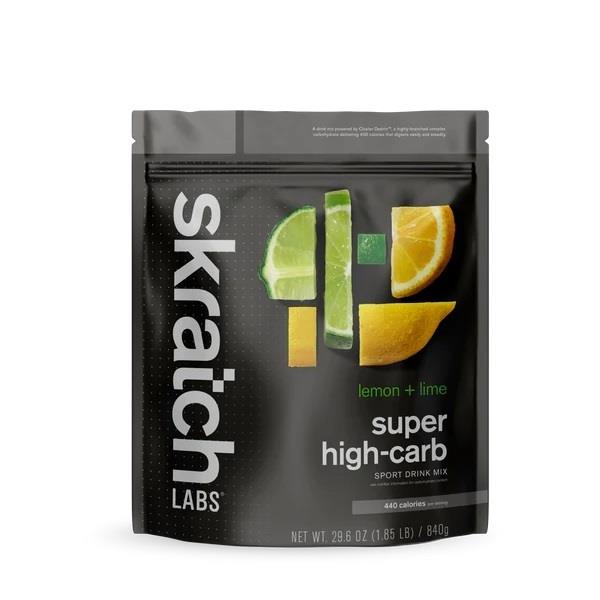
Hydration Drinks (3)
-

Hydration Packs (1)
-
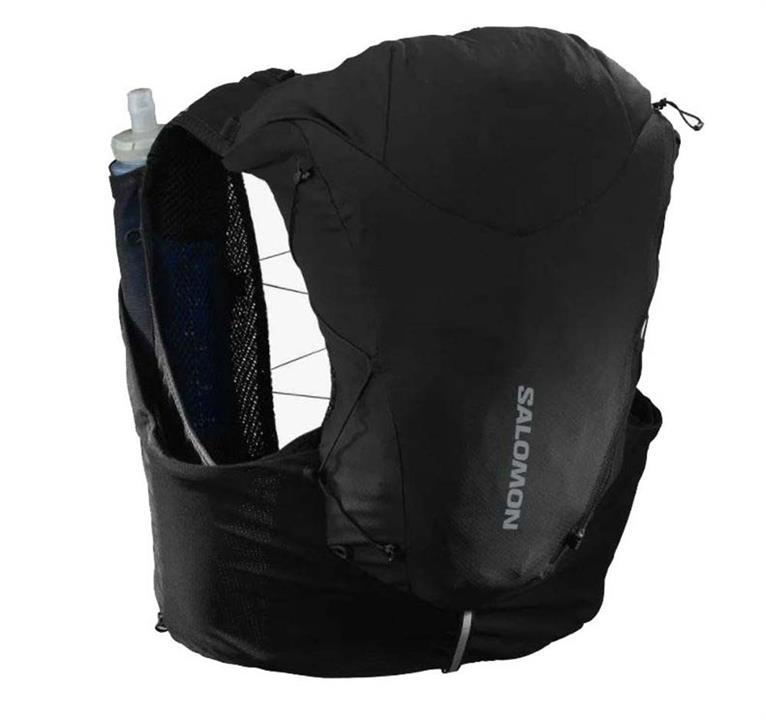
Hydration Vests (26)
-
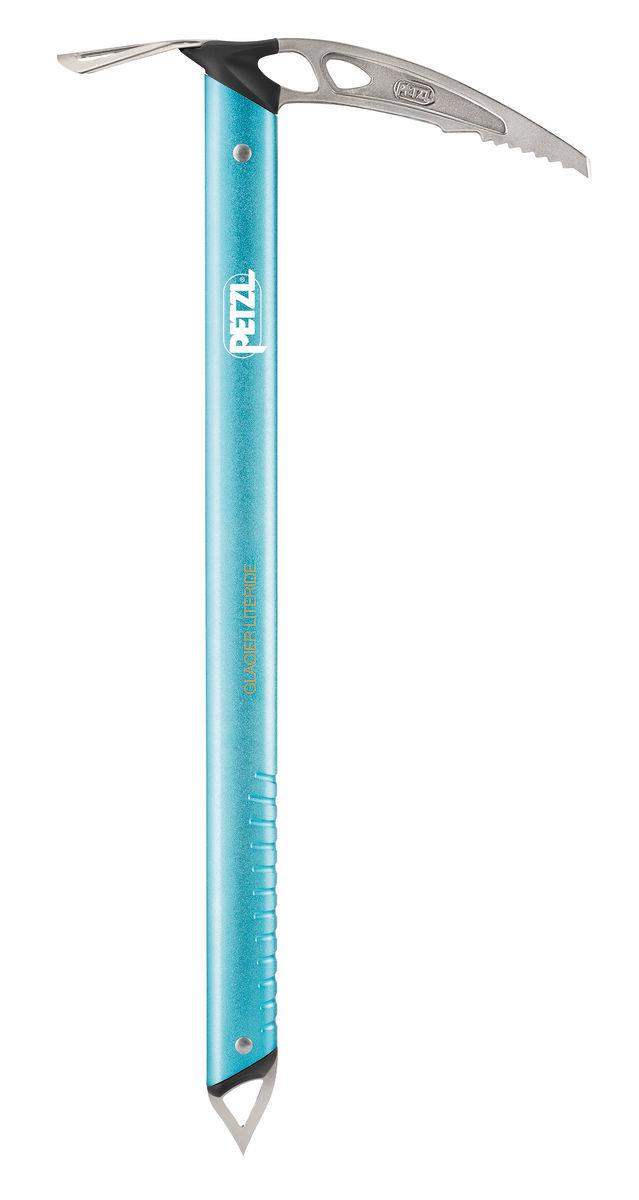
Ice Axes (8)
-
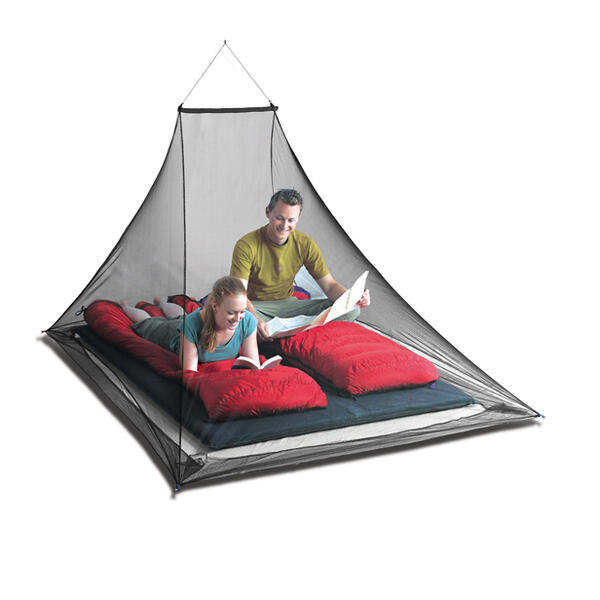
Insect Protection (6)
-

Jackets (273)
-
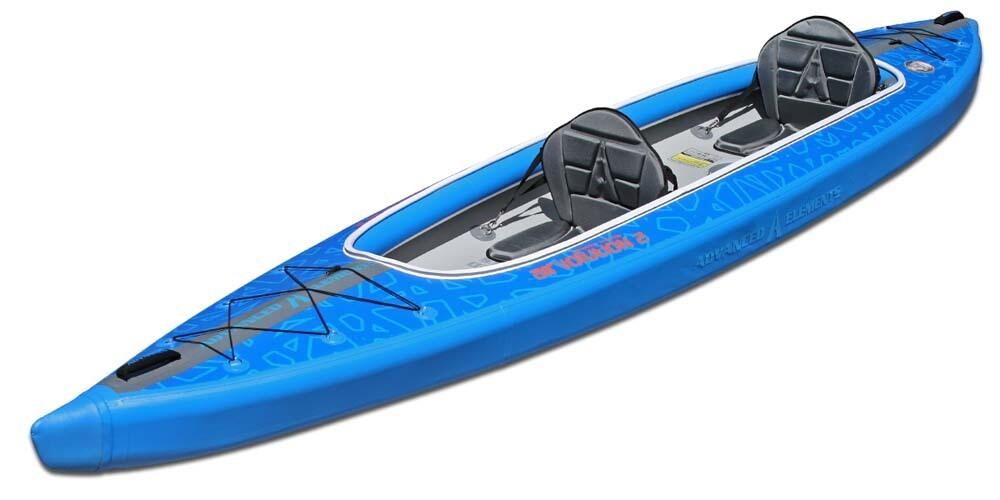
Kayaks (20)
-
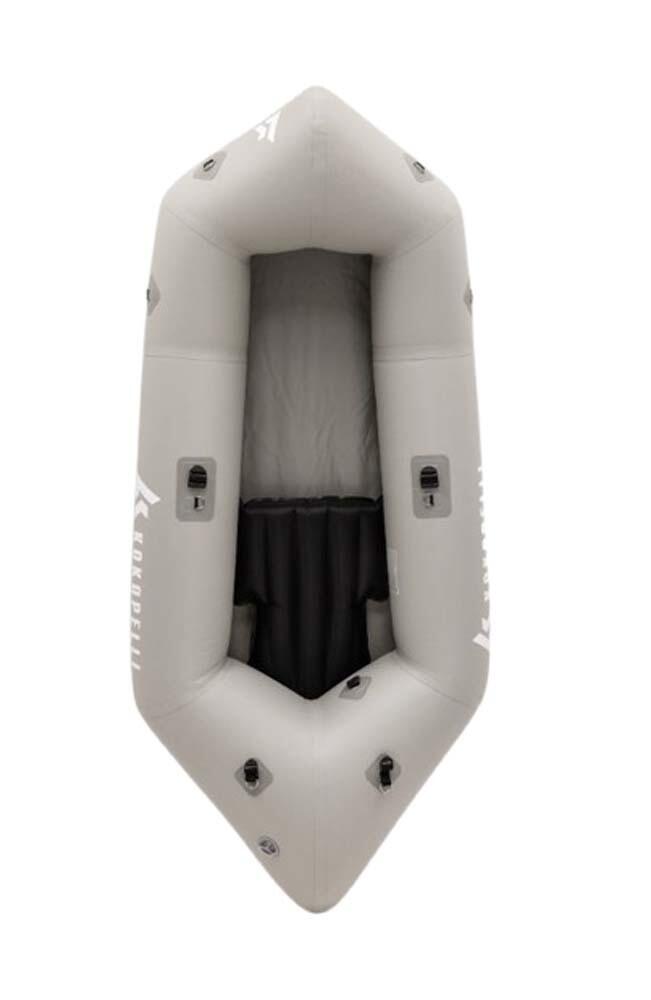
Kayaks & Boats (1)
-
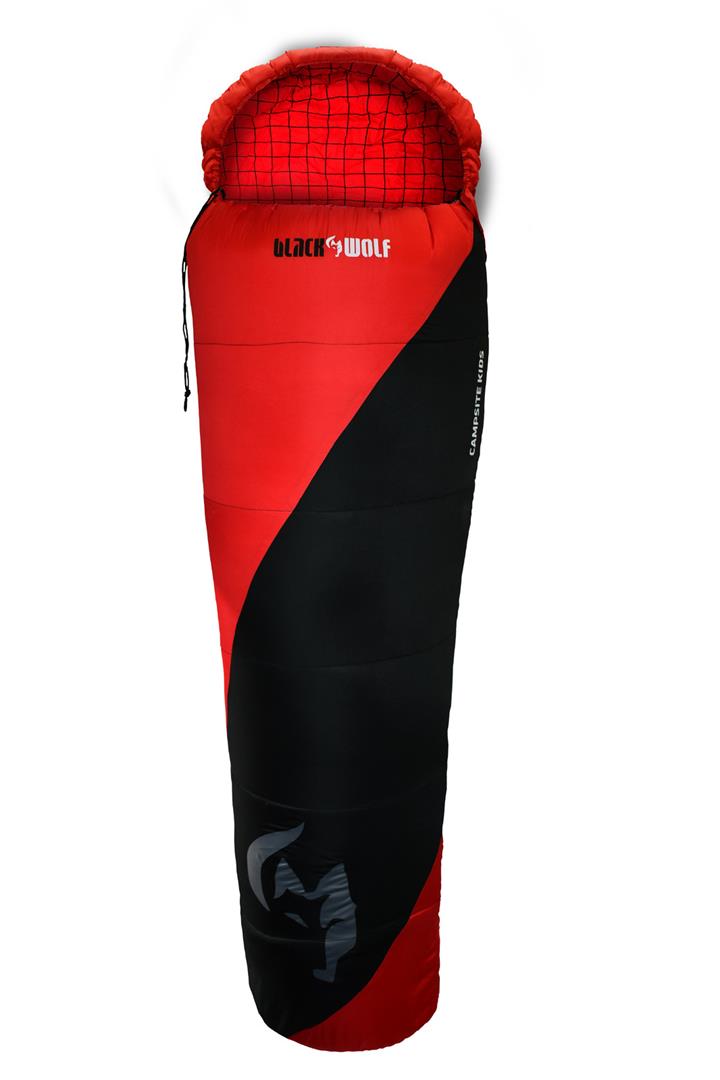
Kids Sleeping Bags (4)
-

Kitchen Accessories (16)
-

Knives (30)
-

Lanterns (22)
-

Liners (22)
-
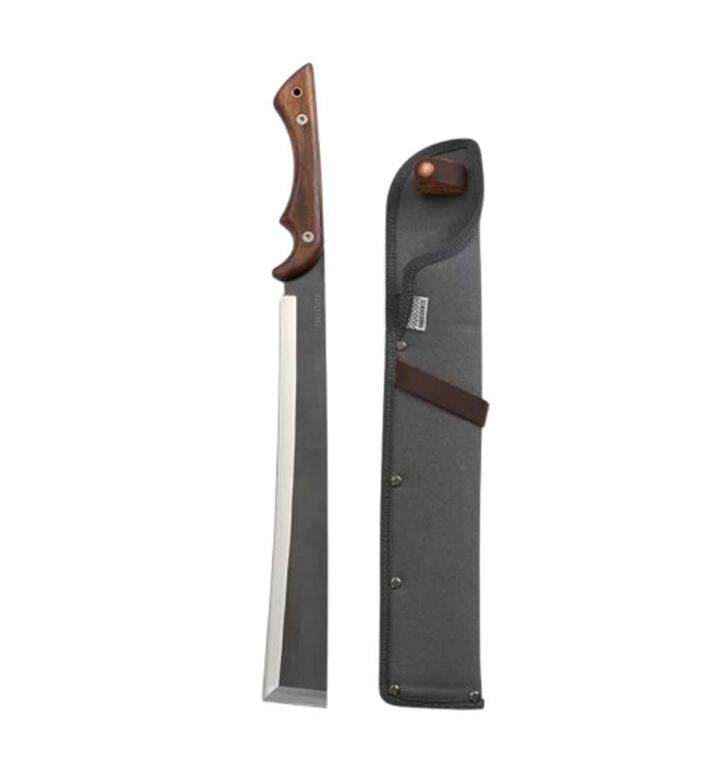
Machetes & Axes (2)
-
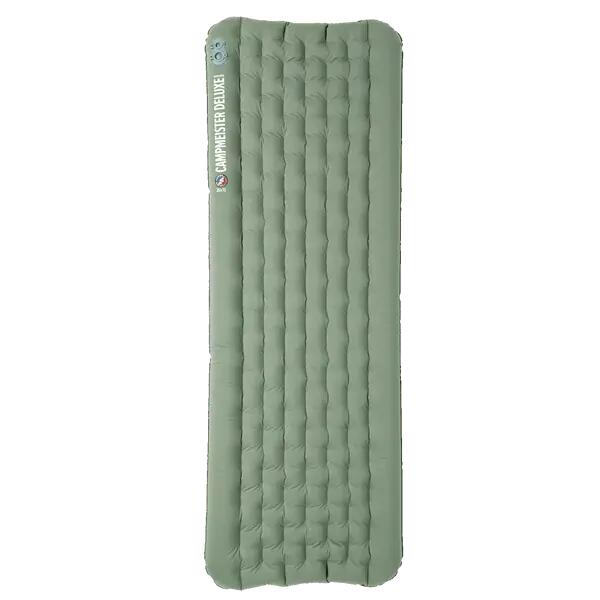
Mats & Mattresses (10)
-
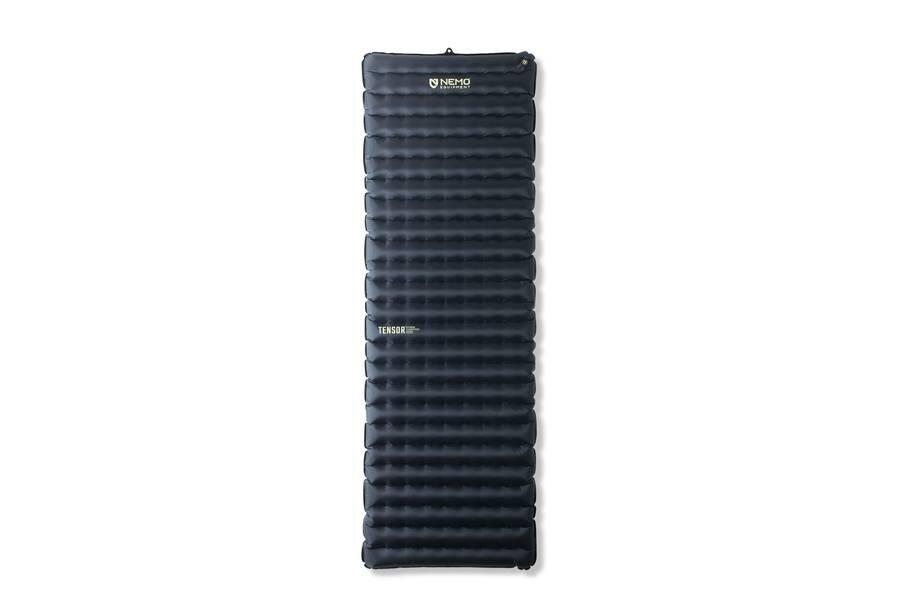
Mats and Mattresses (3)
-
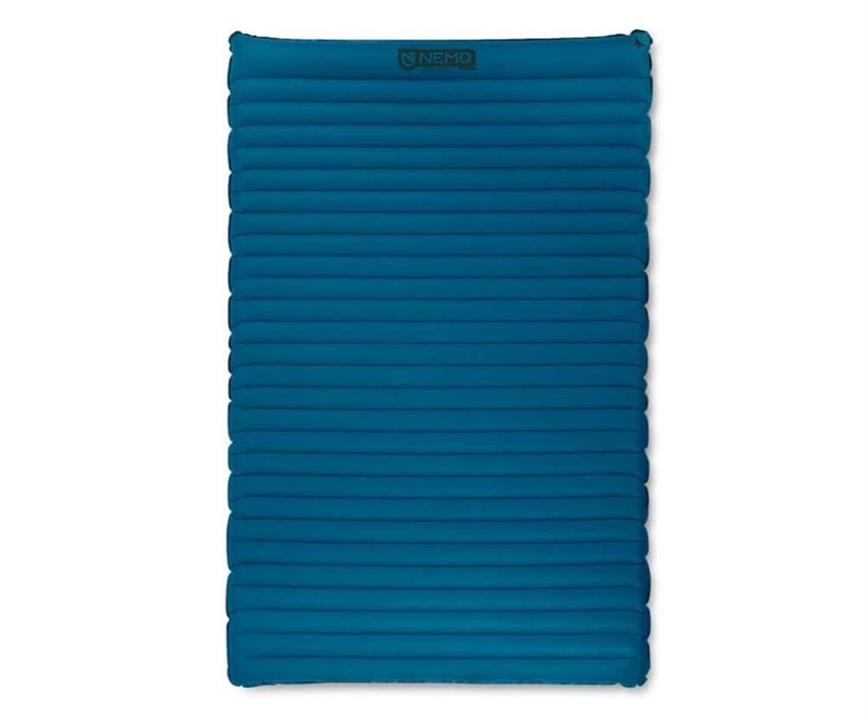
Mattress (92)
-
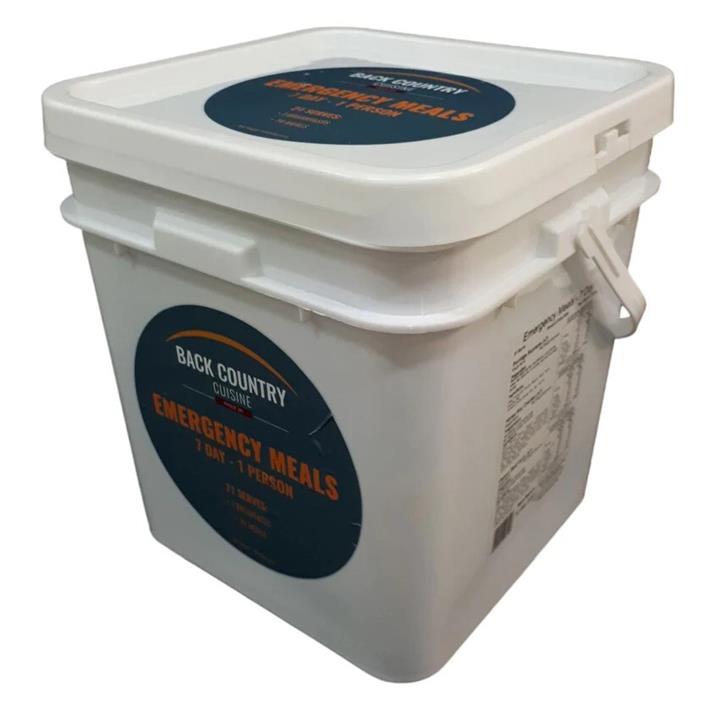
Meals (1)
-
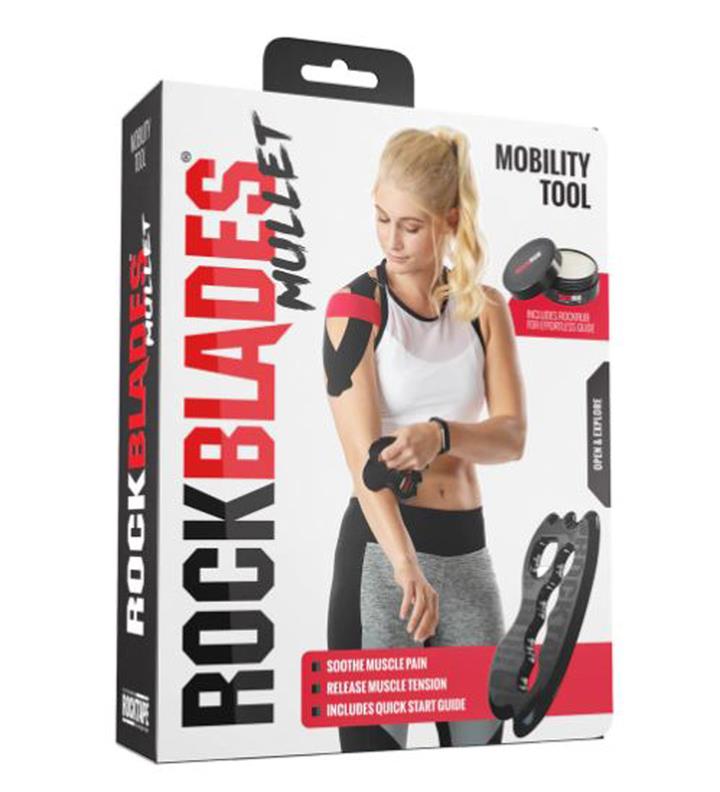
Medical & Recovery (8)
-

Minimalist Shoes (1)
-

Mountaineering Backpacks (2)
-

Mugs & Cups (6)
-

Multi Tools (35)
-
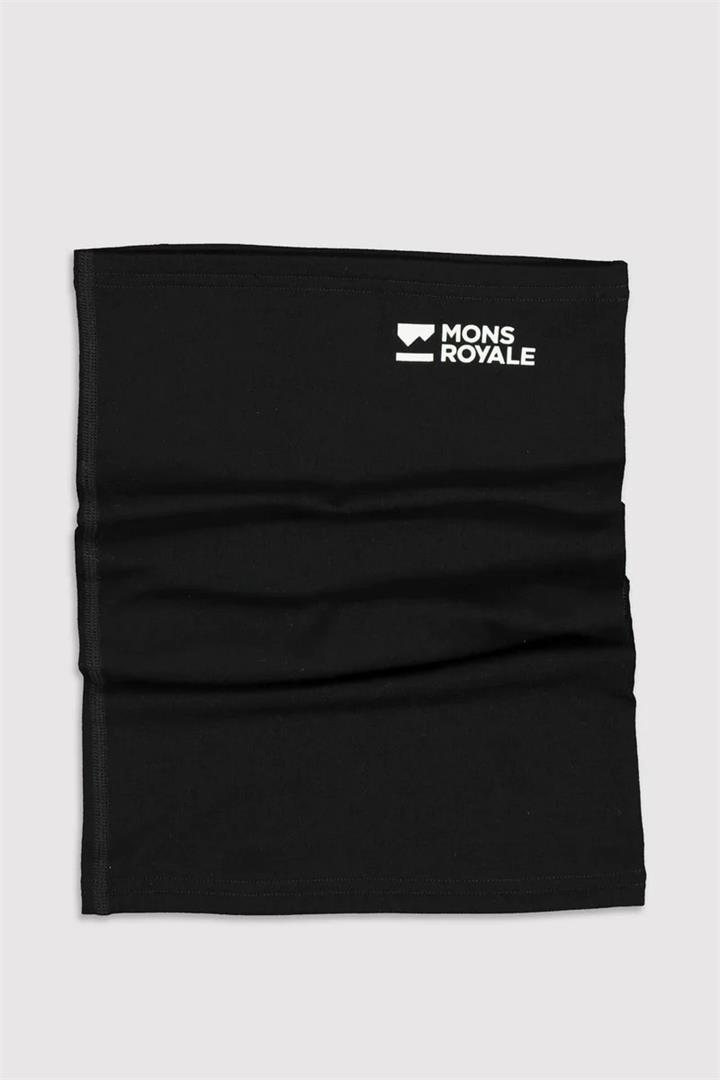
Neck Warmers (7)
-

Packing Accessories (5)
-
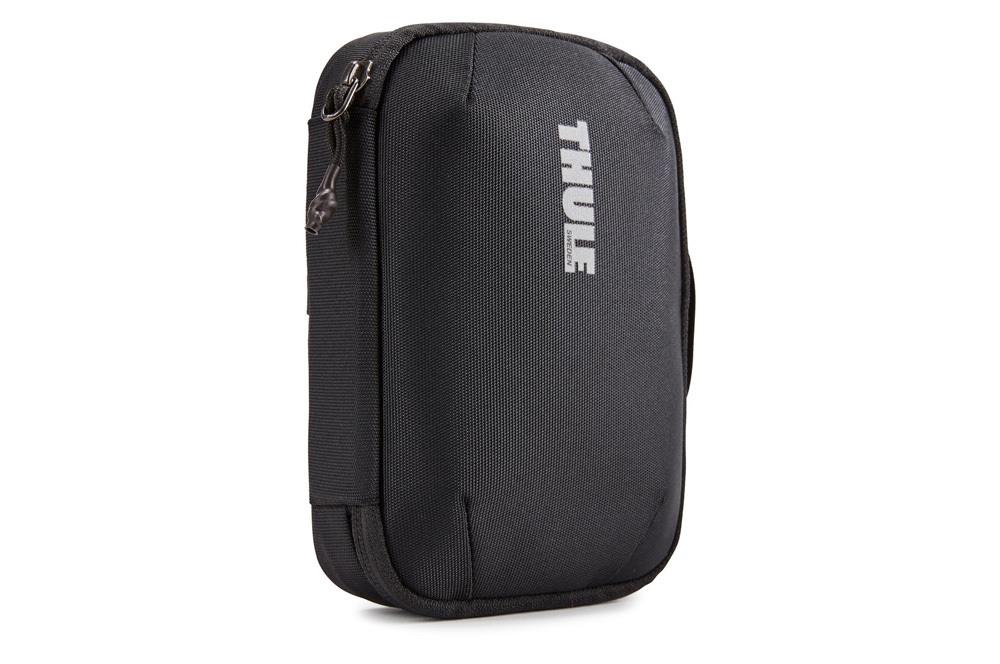
Packing Cells (2)
-

Paddle Accessories (2)
-

Paddles (4)
-

Padlocks & Keyrings (4)
-
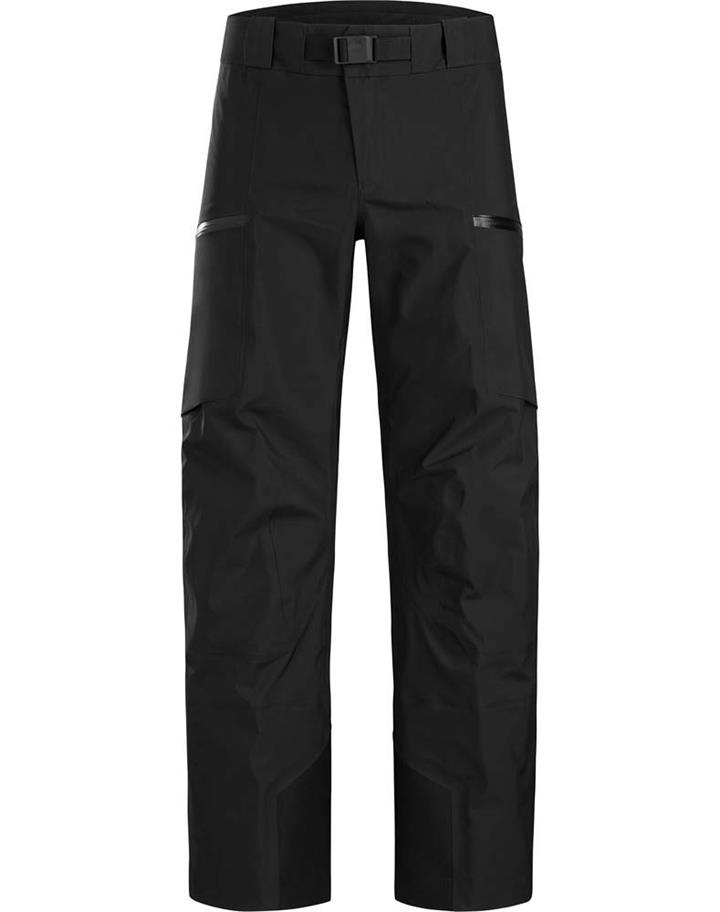
Pants (93)
-

Pegs (1)
-

Personal Flotation Devices (1)
-
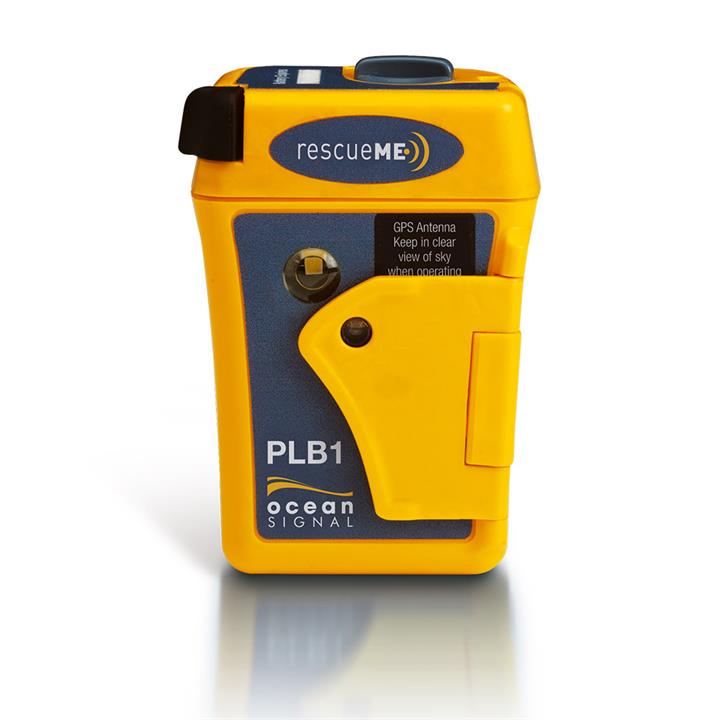
Personal Locators (4)
-

Pets (12)
-

Phone Accessories (1)
-

Pillows (21)
-

Portable Fridges (8)
-
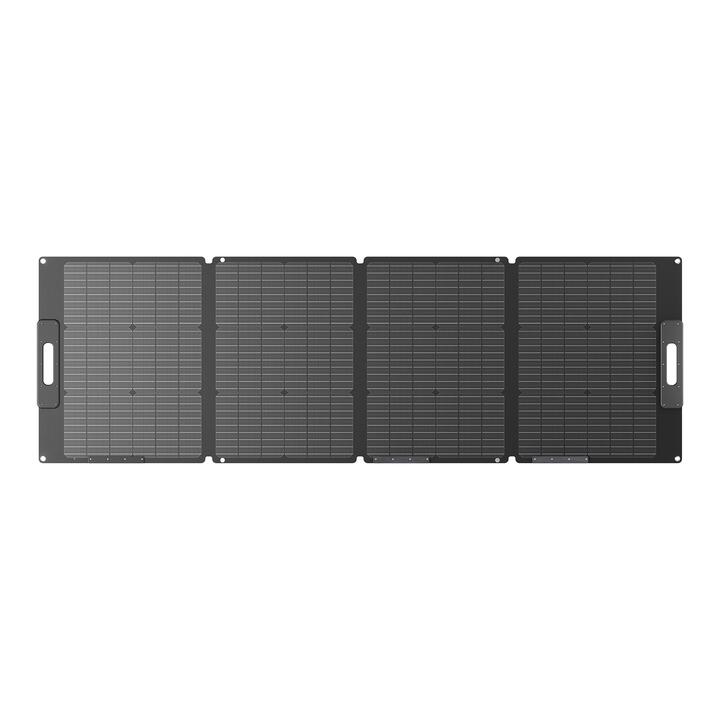
Portable Power Station (139)
-

Pouches (19)
-
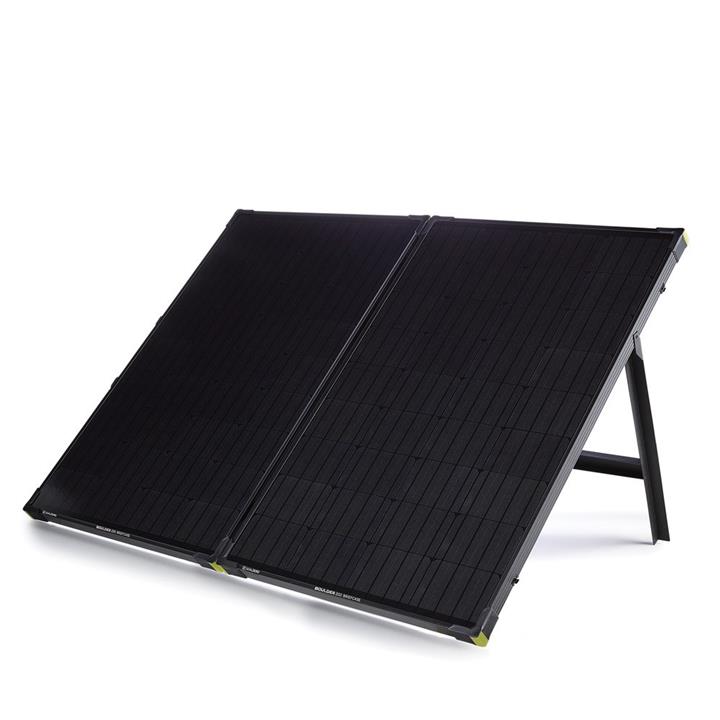
Power (23)
-

Power Banks & Batteries (3)
-

Pumps (3)
-
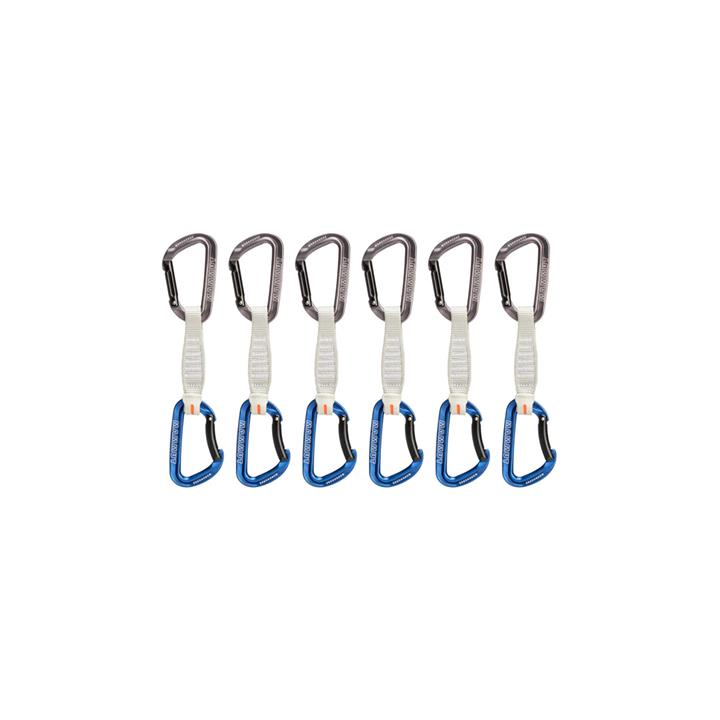
Quickdraws (24)
-

Repair Gear (36)
-

Repellent (2)
-

Rings (1)
-

Road Running Shoes (2)
-

Roof Racks (4)
-

Running Packs & Belts (9)
-

Sandals (30)
-

Sandals & Thongs (4)
-

Shelters (11)
-

Shirts (8)
-
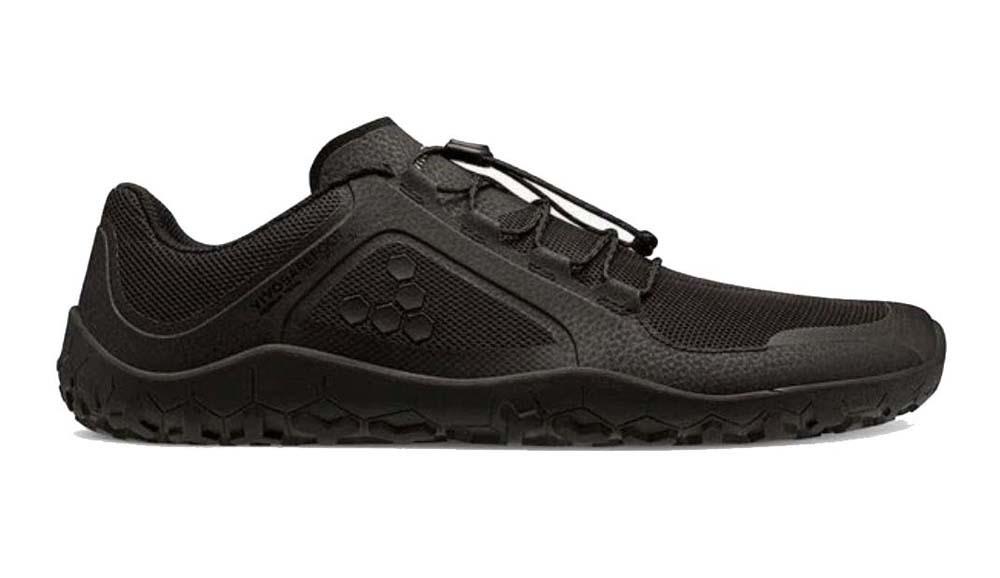
Shoes (81)
-

Shorts (47)
-

Showers (4)
-
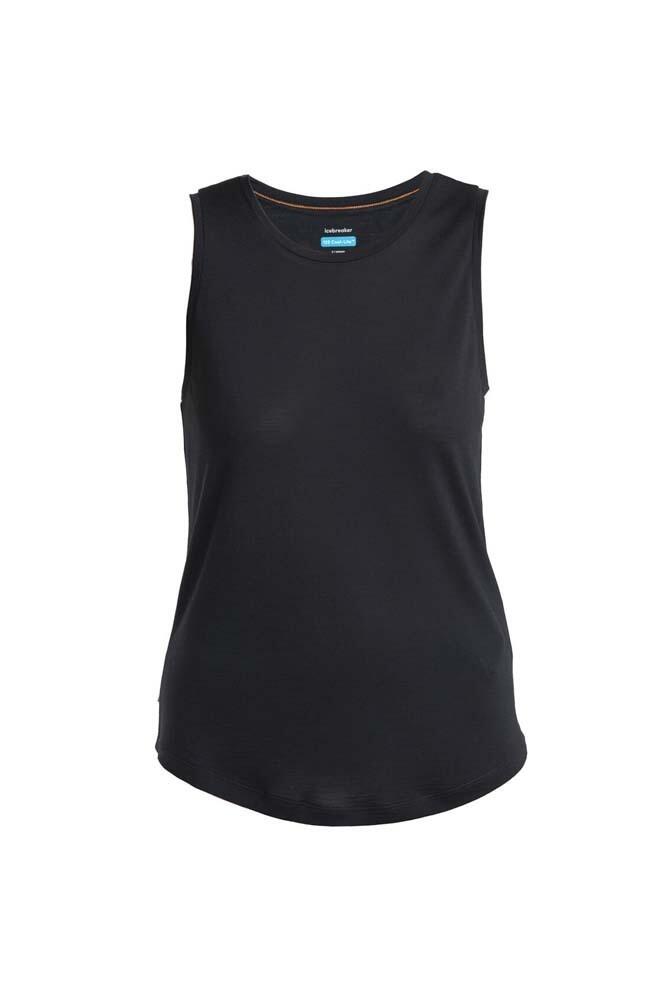
Singlets (1)
-

Slacklines (4)
-
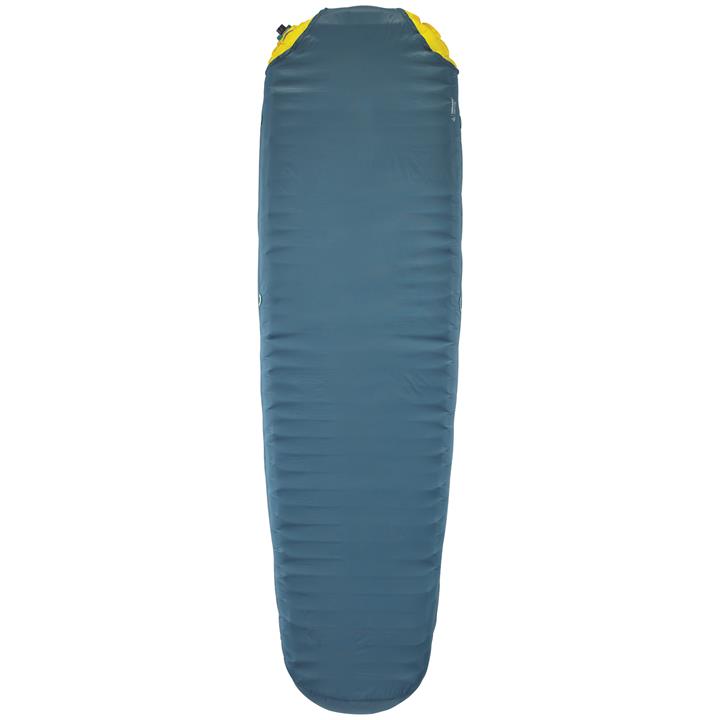
Sleeping Accessories (3)
-

Sleeping Bags (51)
-

Sling Bags (3)
-
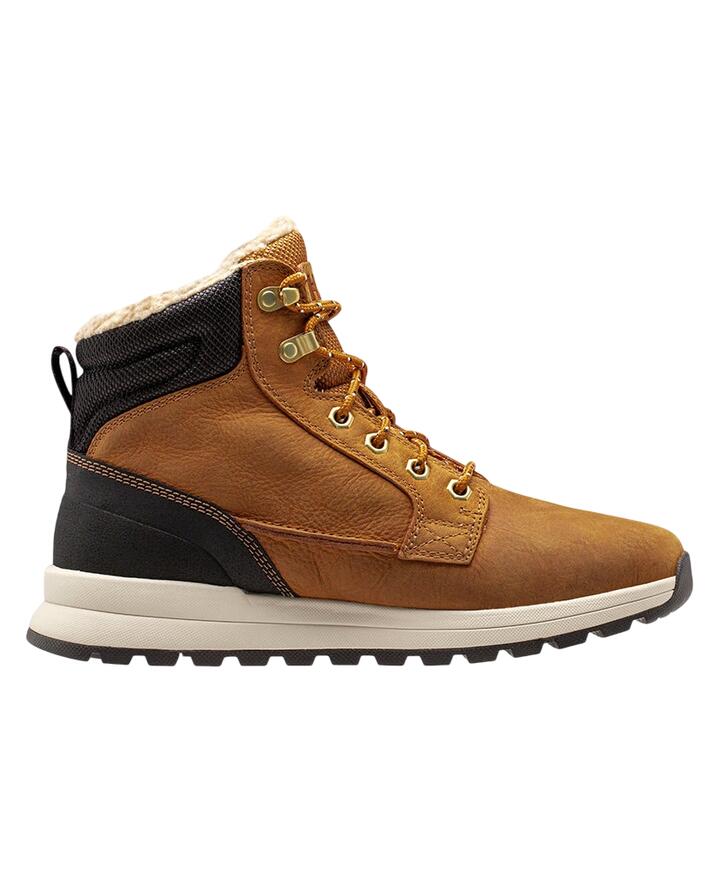
Snow & Mountaineering Boots (1)
-

Snow Accessories (8)
-
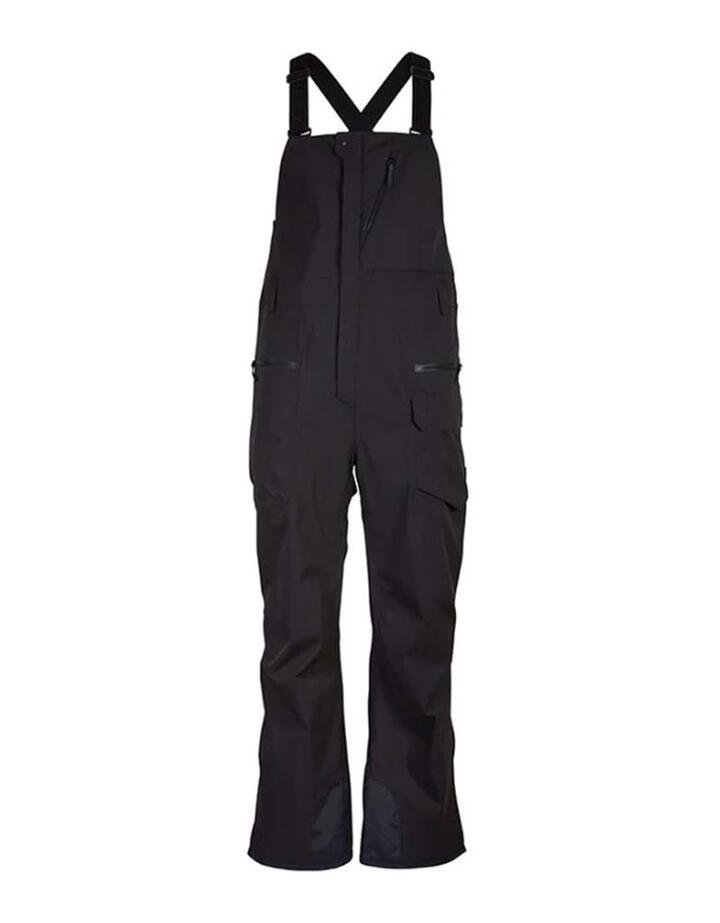
Snow Bibs (2)
-

Snow Goggles (27)
-

Snow Helmets (1)
-

Snowshoe & Accessories (4)
-

Socks (24)
-

Solar Charging Kits (9)
-

solar panel (2)
-

Speakers (1)
-
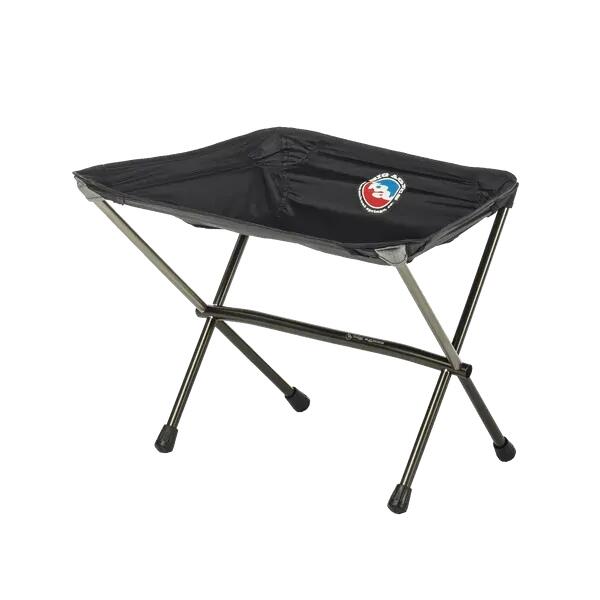
Stools (1)
-

Storage (1)
-

Stove (1)
-

Stove Accessories (6)
-
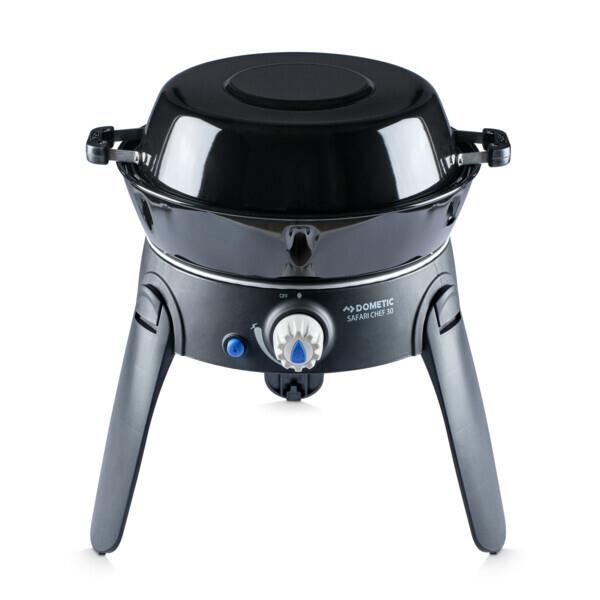
Stoves (36)
-
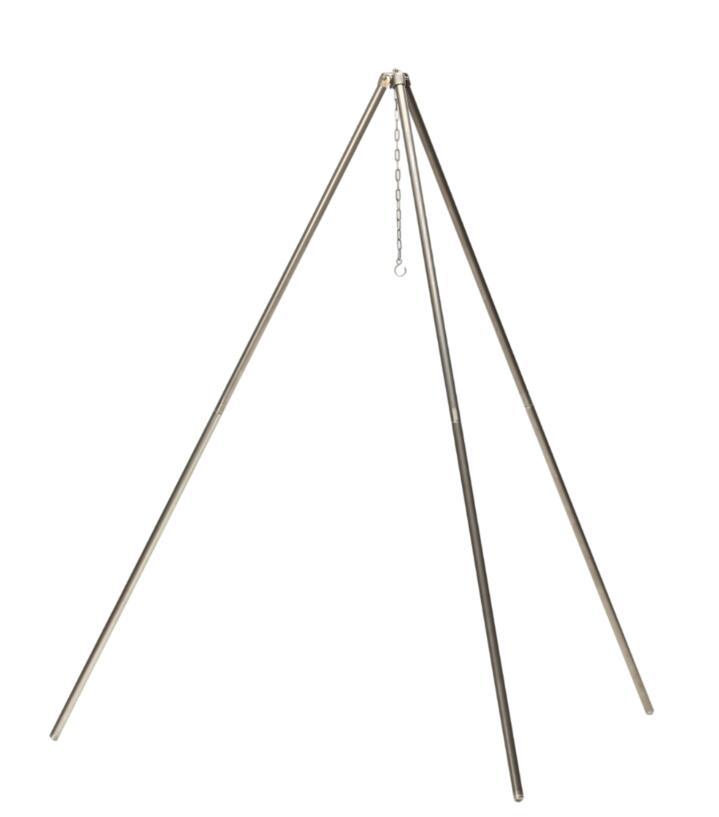
Stoves Accessories (2)
-
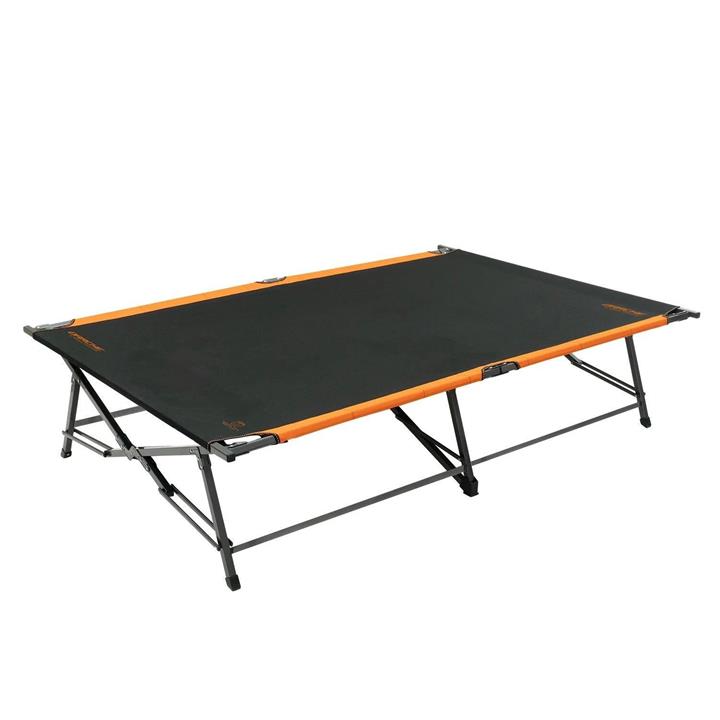
Stretchers (11)
-

Sunglasses (46)
-
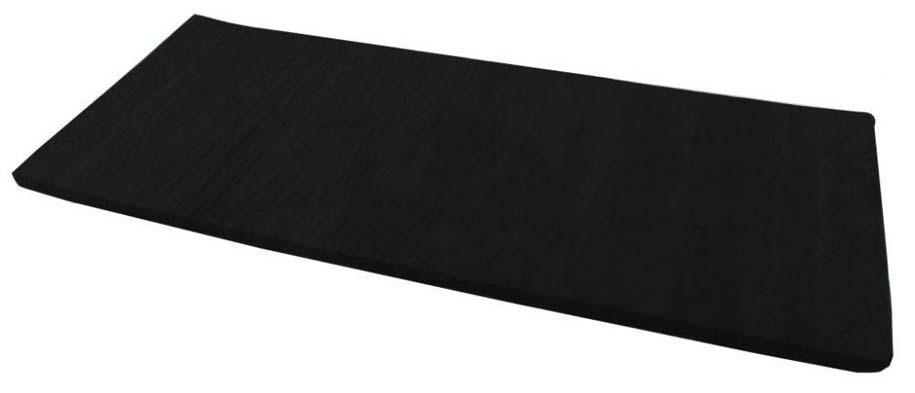
Swags (55)
-

Swim Goggles & Masks (2)
-

Synthetic Sleeping Bags (46)
-

T-shirts (59)
-

Tables (15)
-

Tarps (6)
-
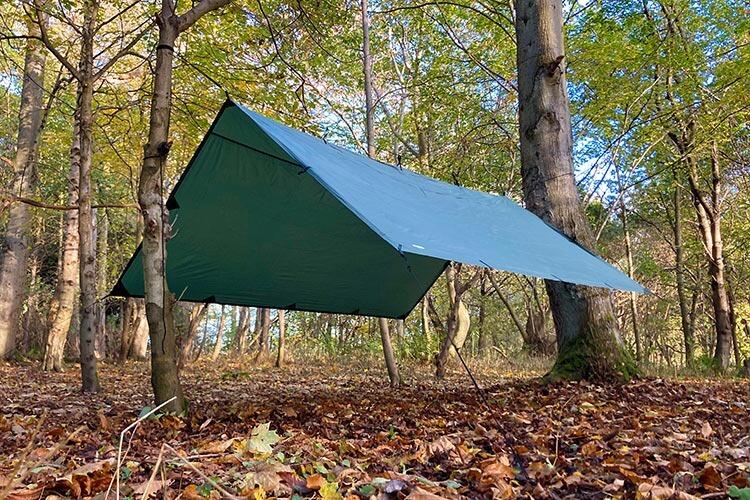
Tarps & Shelters (1)
-

Tent (2)
-
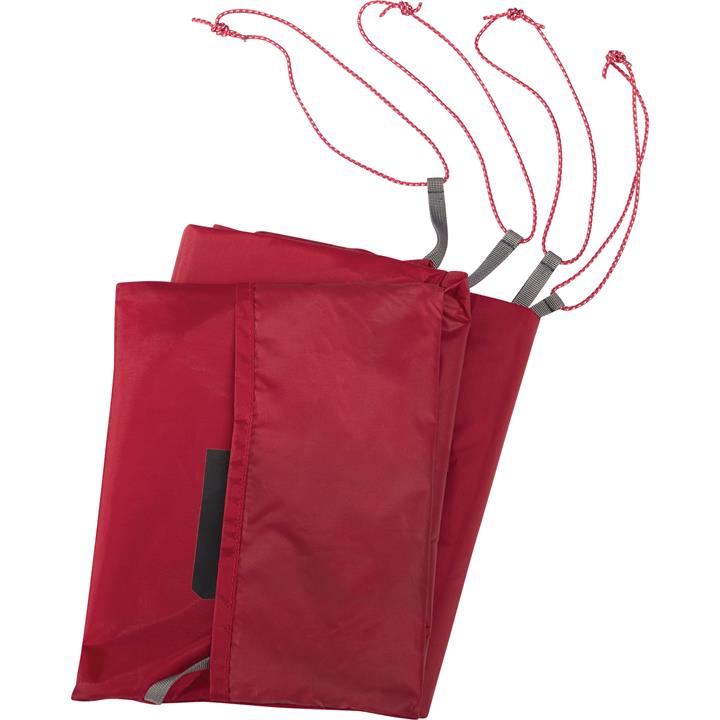
Tent Accessories (179)
-
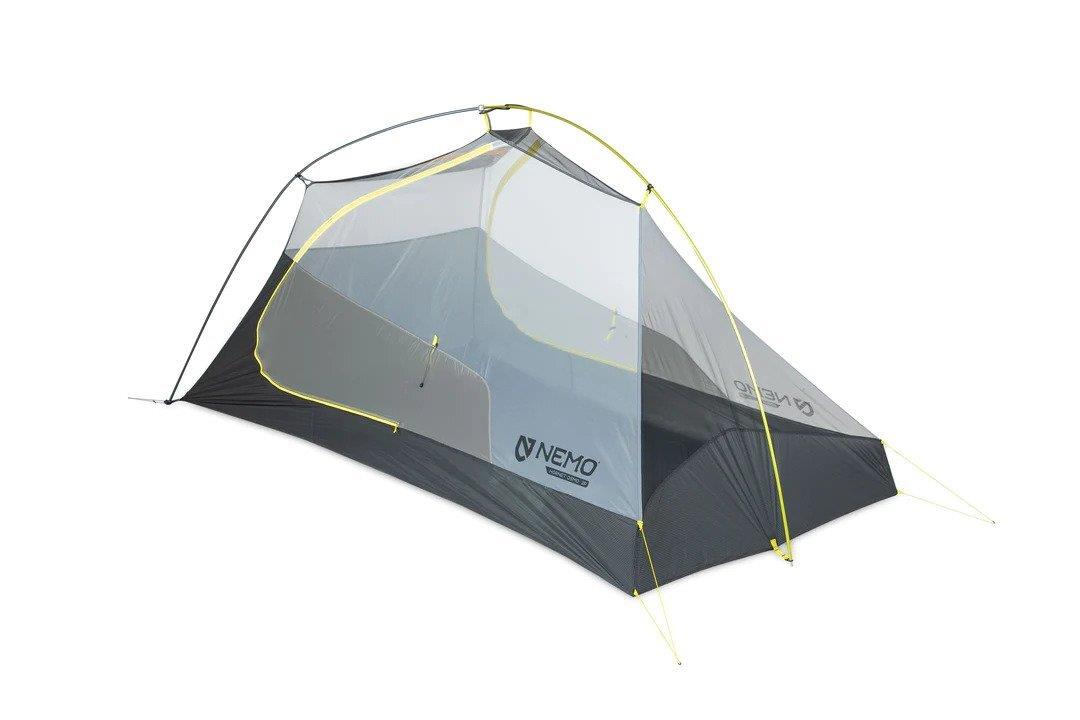
Tents (151)
-

Tents Footprints (1)
-

Thermals (42)
-

Tights (9)
-

Toiletry Bags (2)
-

Tools (23)
-
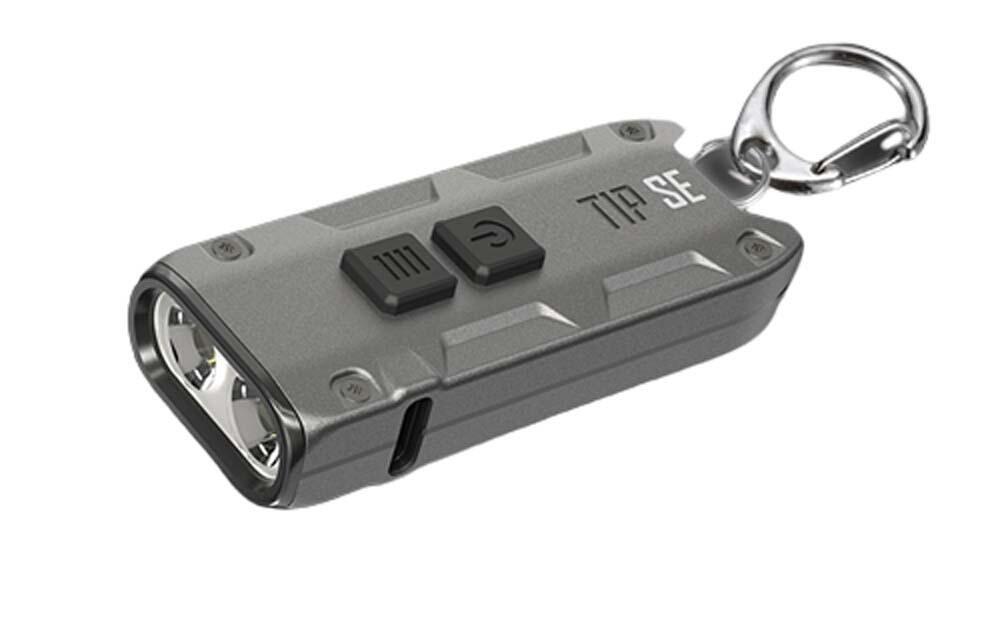
Torches (15)
-

Tote Bags (2)
-

Towels (2)
-

Trail Running Shoes (14)
-

Travel Packs (11)
-

Umbrellas (1)
-

Umbrellas & Ponchos (11)
-

Underwear (20)
-

Utility Cords (10)
-

Vehicle Accessories (5)
-

Vests (20)
-
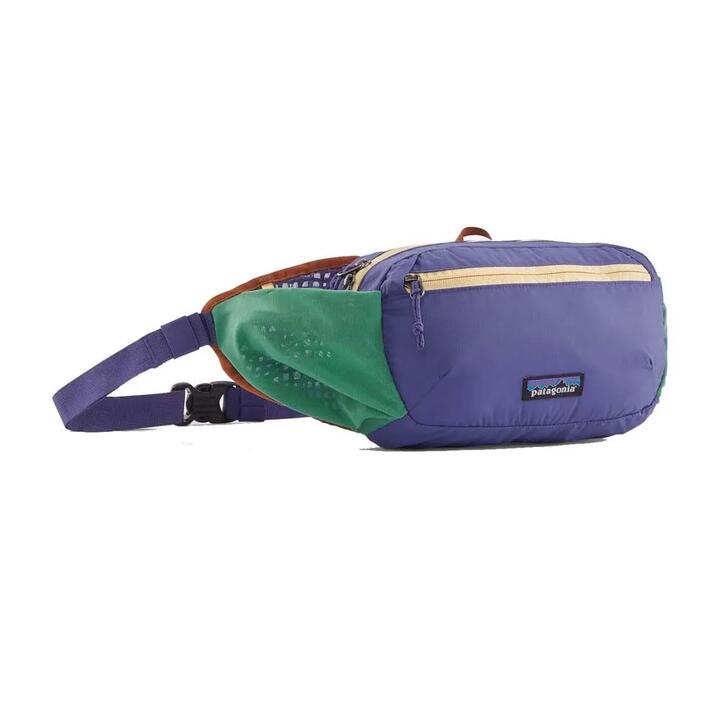
Waist Packs (4)
-

Wallets (8)
-
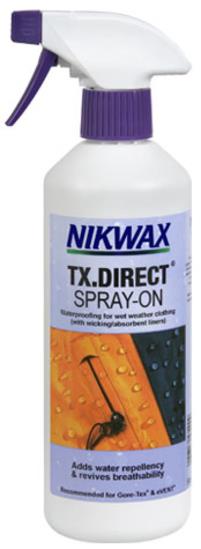
Wash & Waterproofing (59)
-

Watch Accessories (5)
-

Watches (40)
-

Water Bottles (25)
-

Water Filtration (35)
-

Water Purifiers (11)
-

Watersport Accessories (1)
-
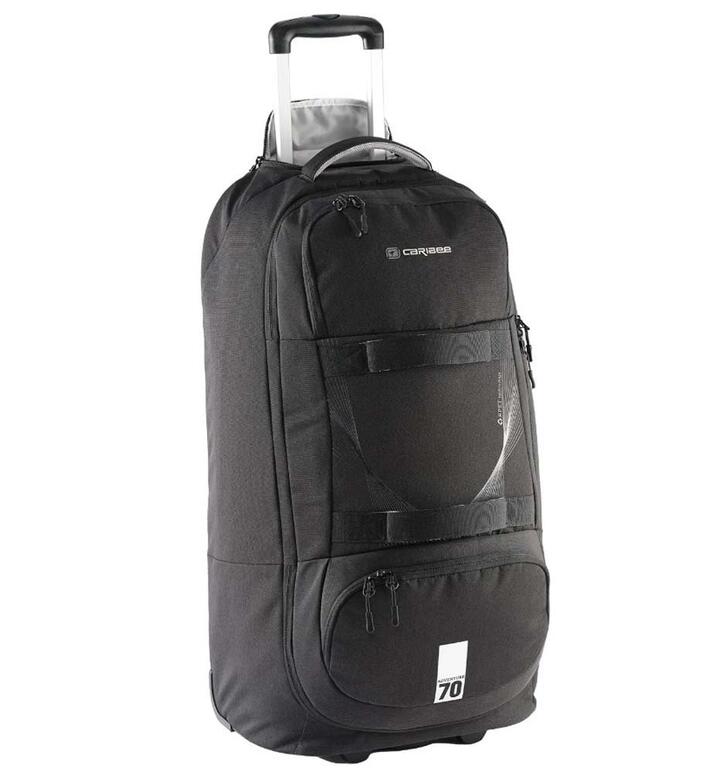
Wheeled Luggage (9)
